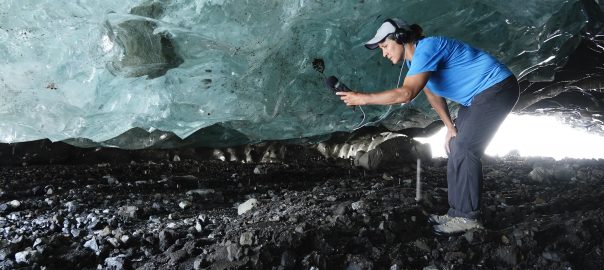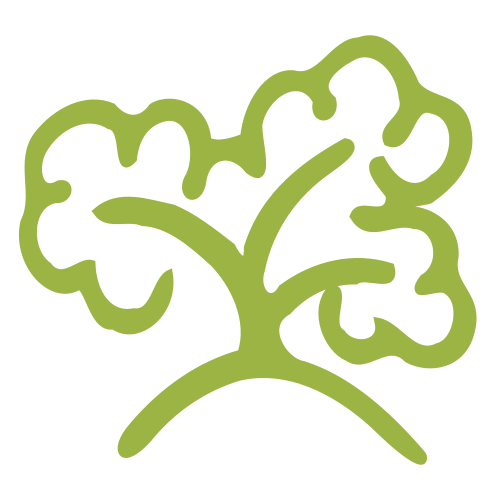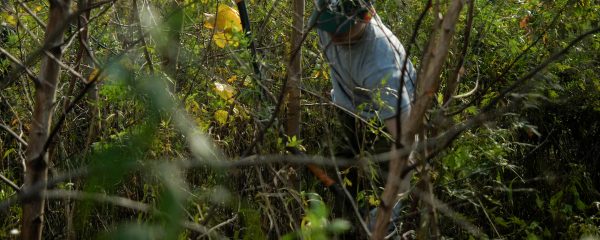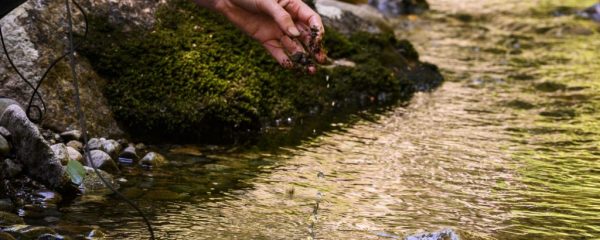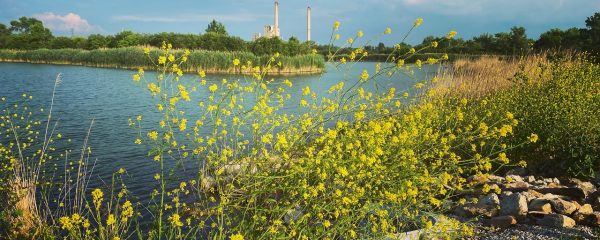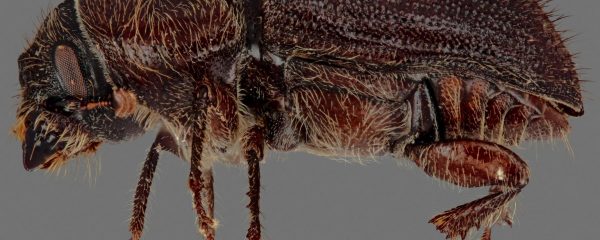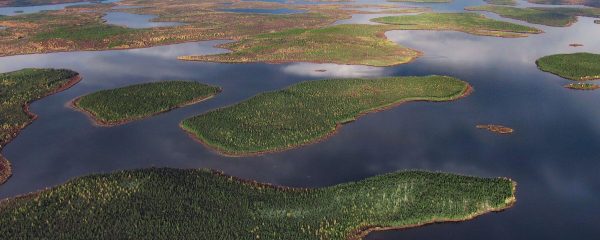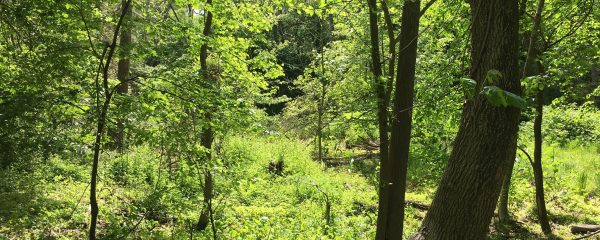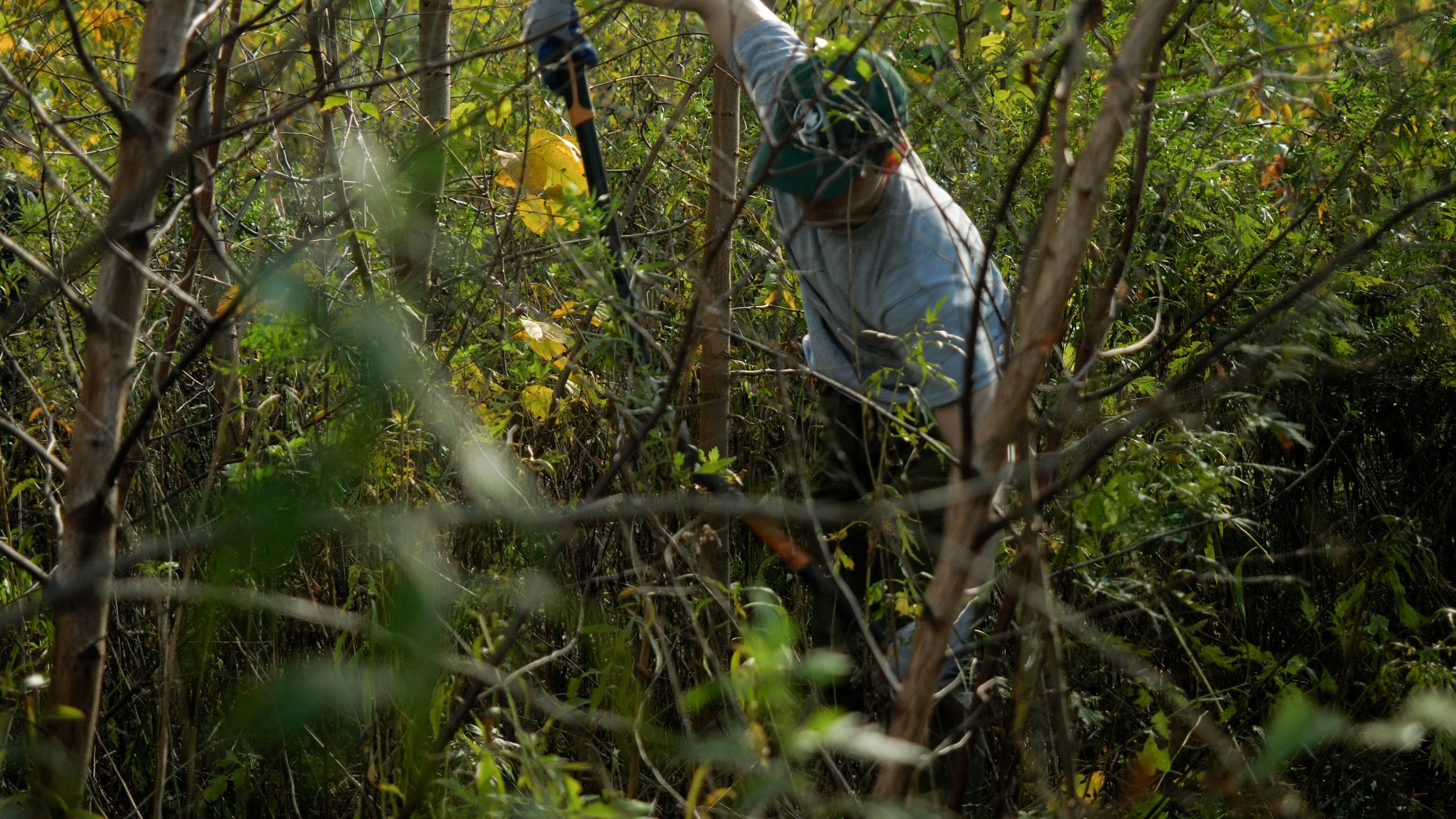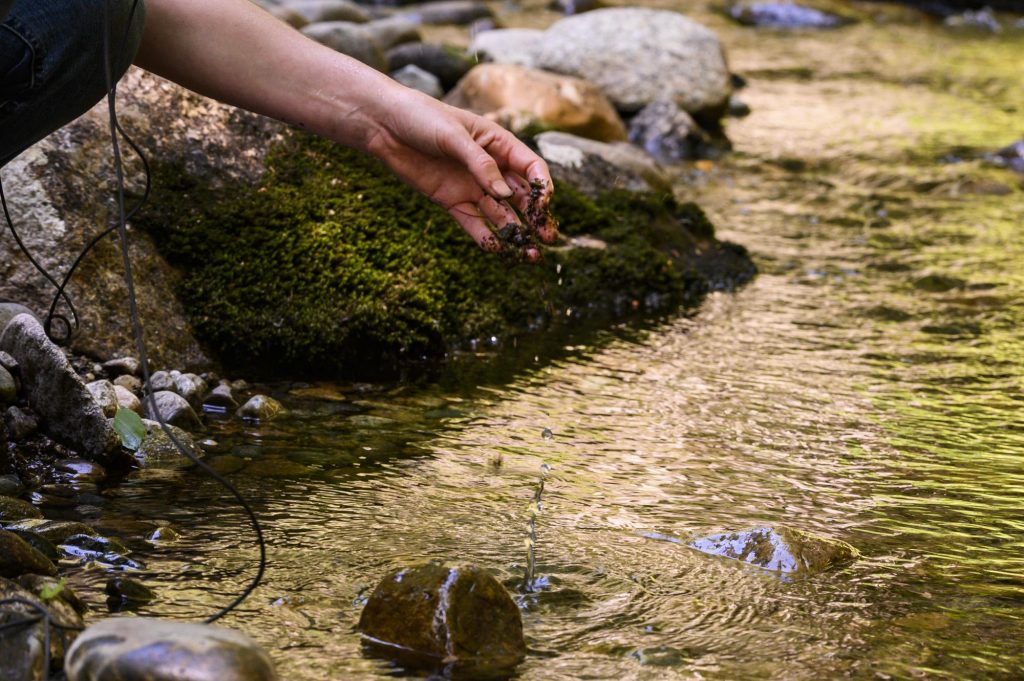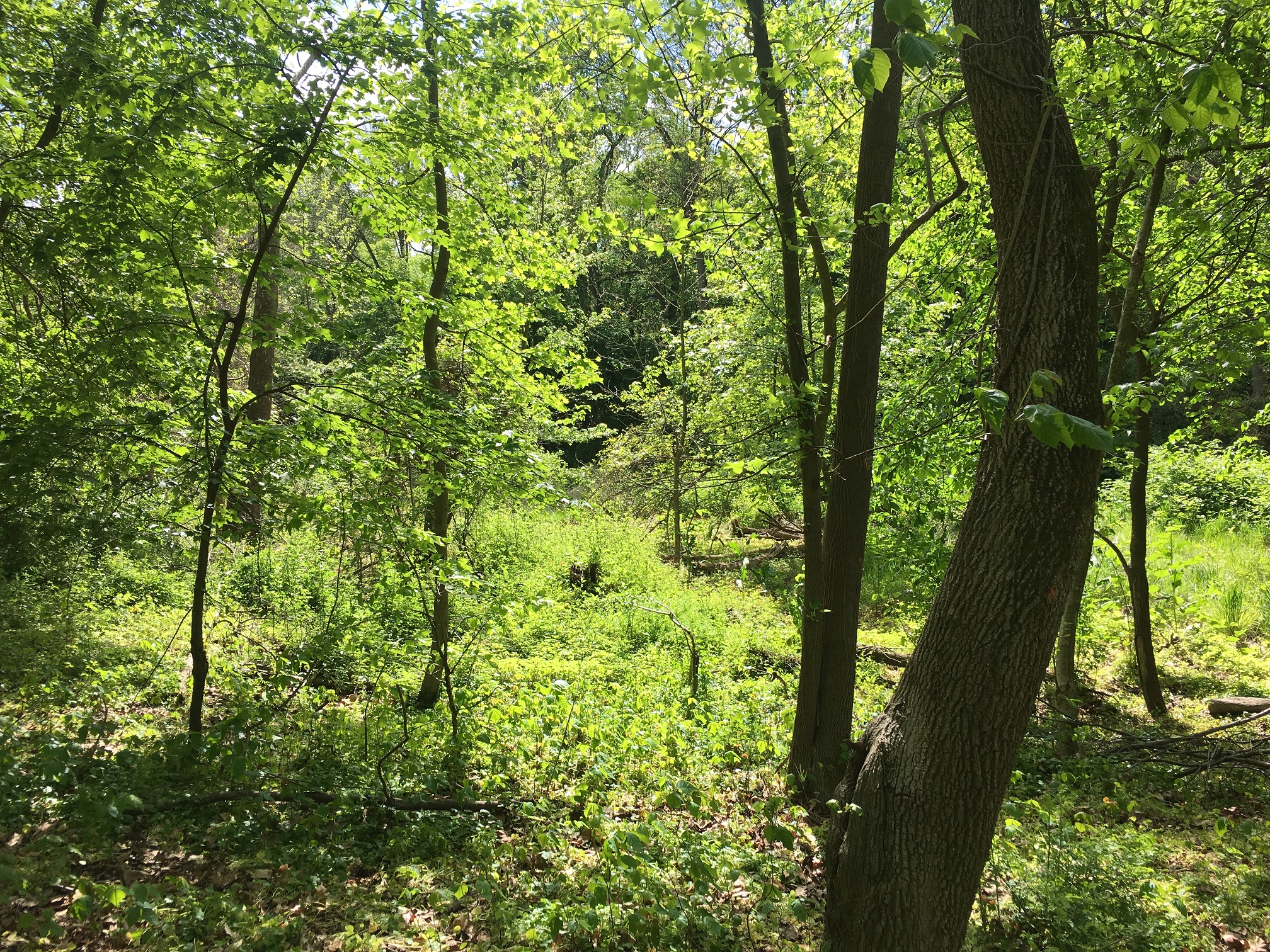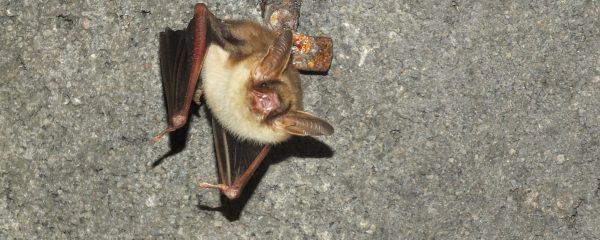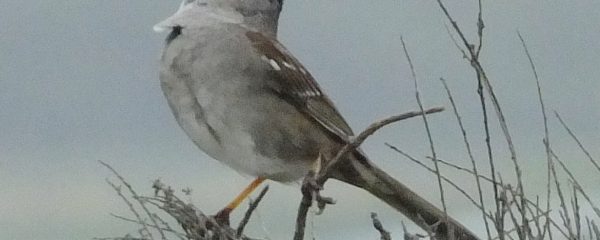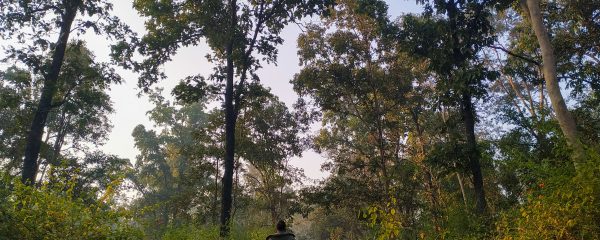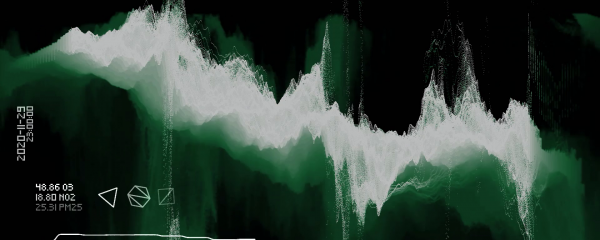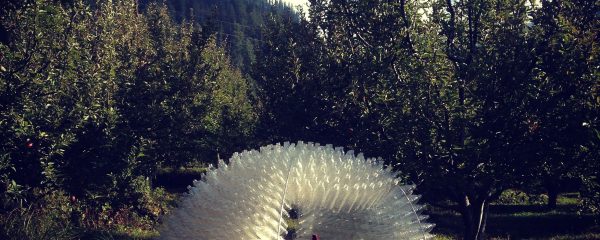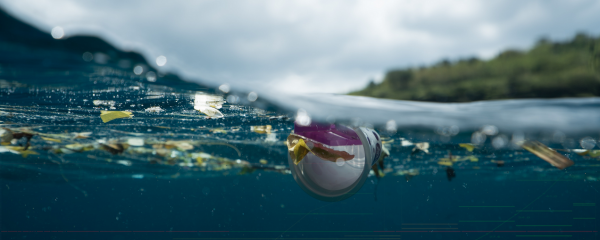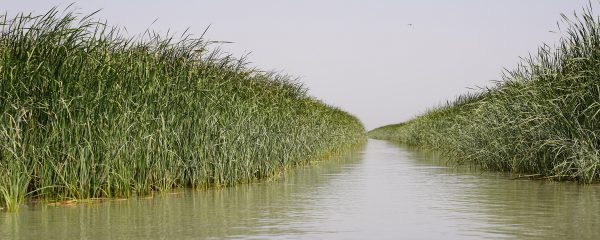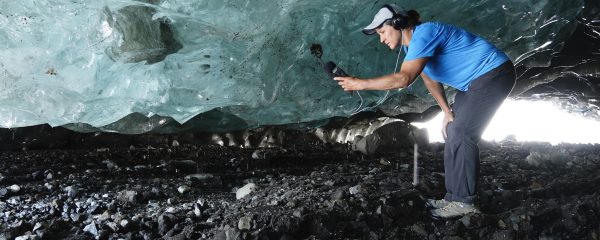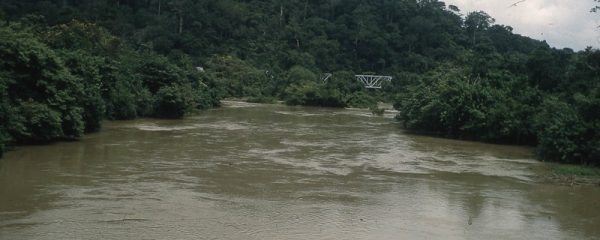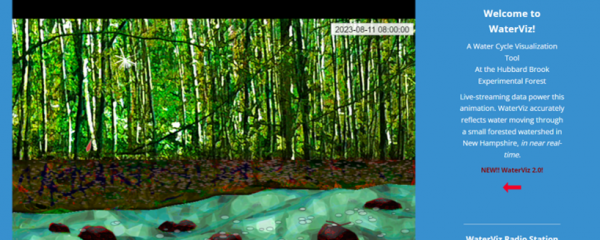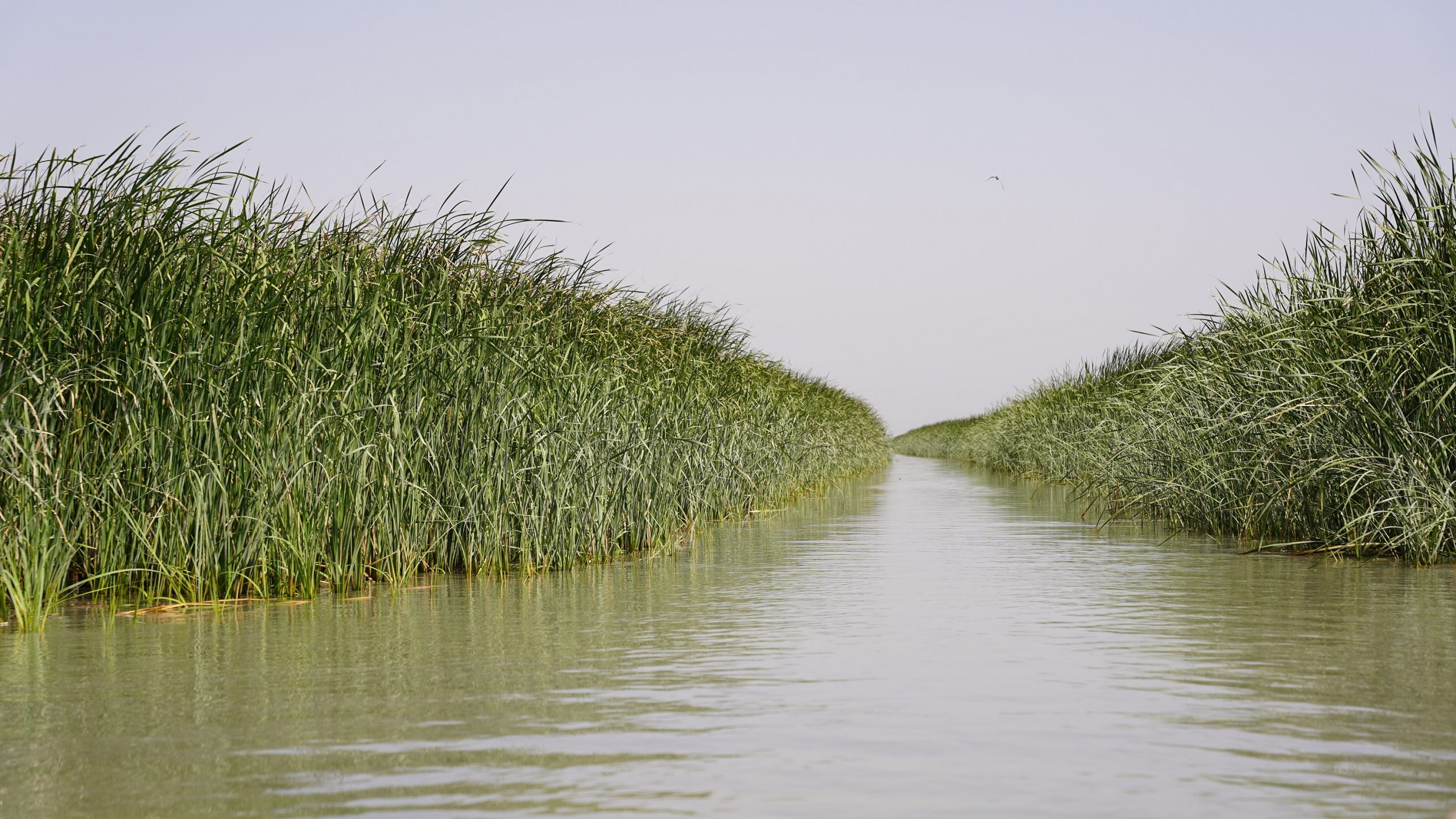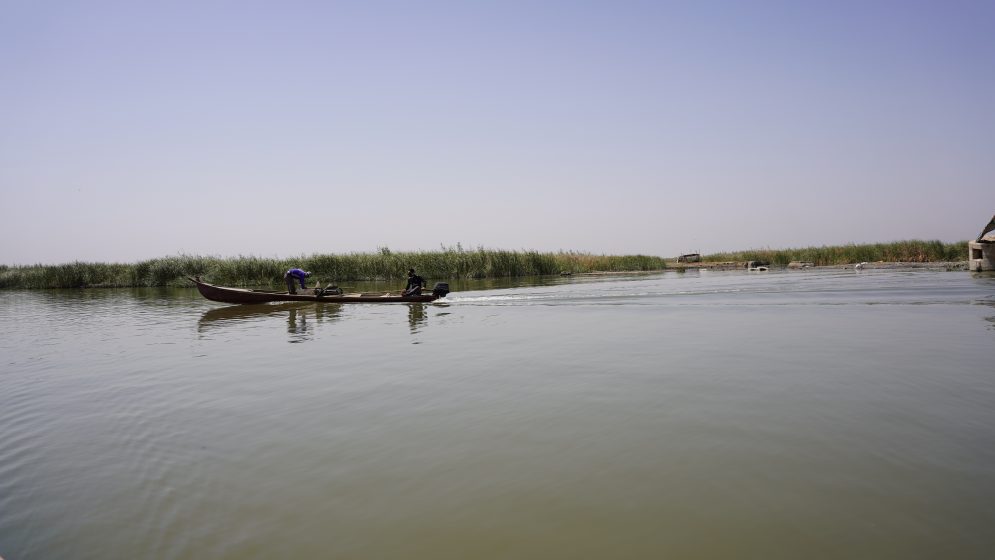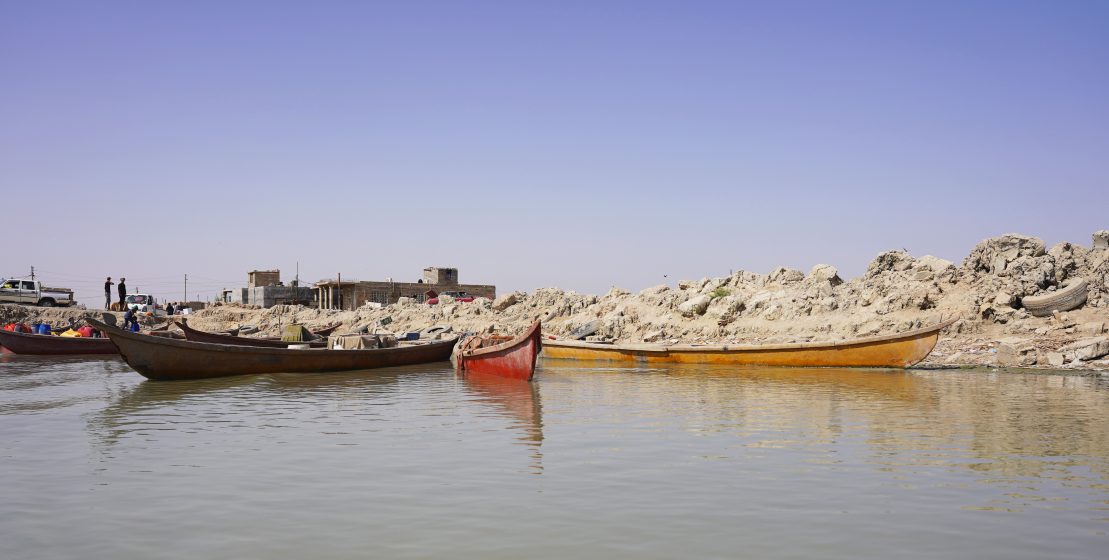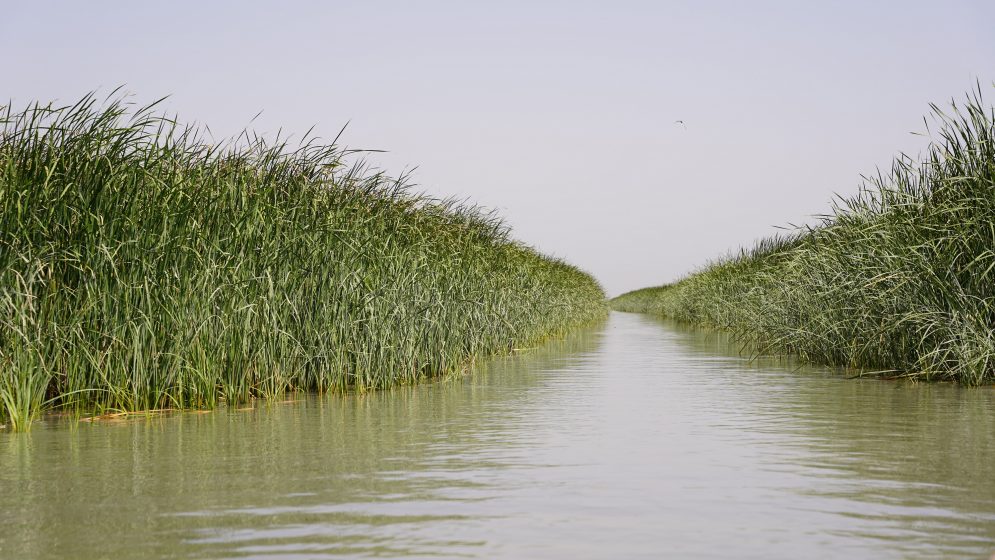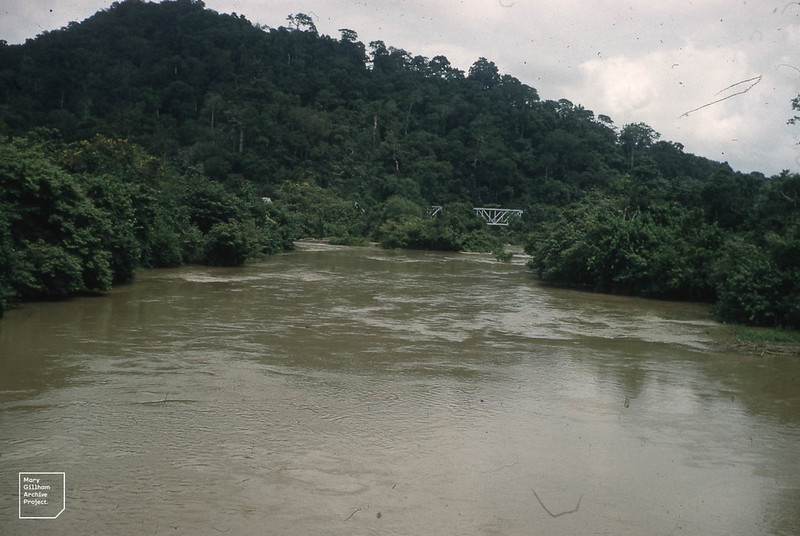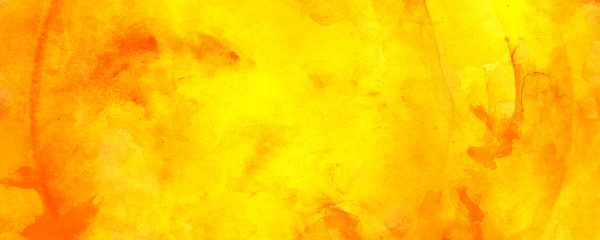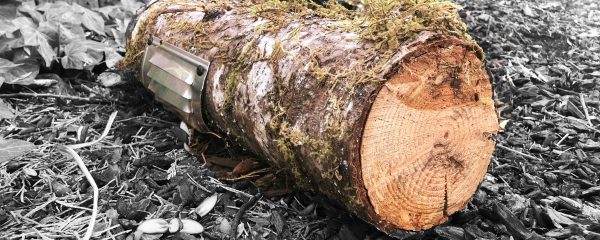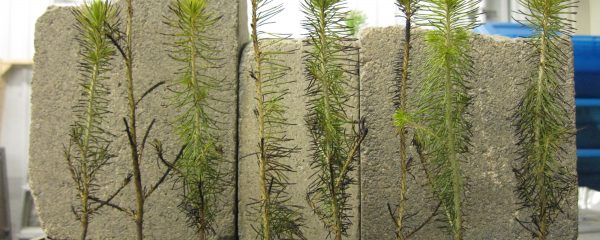
Reverberations
An exhibition exploring the elements through art, science, and sound, Reverberations features more than 30 contributors from various disciplines in a multimedia experience. Produced by the USDA Forest Service and The Nature of Cities.
This is an immersive sound-based exhibition. Headphones are recommended
Close your eyes. What can you hear?
We experience the world around us with our minds, hearts, and all of our senses. For many people, the visual sense dominates our perceptions of environments and ecologies: the picturesque landscape, the dramatic skyline, or a beautiful flower, to name three. Sound is a less commonly appreciated aspect of our perceived environments, but sounds can be remarkable, vivid, and illuminating: the melodies of birdsong; the crash of waves; the roar of fire, to name a few. Sounds connect us to the places we inhabit and to the other beings we share these places with, whether trees, insects, or rivers.
Both scientists and artists are increasingly using sound to engage with the more-than-human world and human impacts upon it. This exhibition brings together projects and perspectives from across the arts and sciences. Instead of strengthening the divide between these categories, it explores rich and surprising perspectives on sound and invites synergies in knowledge and expression between approaches. The projects are grouped in four elements; earth, air, fire, and water, but we encourage you to move sideways across categories and discover resonances between the projects presented here.
Resonance and Repercussion
The title of this exhibition, “Reverberations” refers to two meanings of the word: resonance and repercussion. Resonance occurs when two sounds vibrate in synchrony, or when a sound is reinforced by its reflection off of a surface or body. How do the projects and approaches to sound and nature presented here next to each other, vibrate together or resonate with each other? Secondly, repercussion- an action exerted in return. How do human actions affect the ecosystems that sustain our lives and how are these actions sonically expressed? Further, how might stewardship action alter the sound of our repercussions?
An Exercise in Deep Listening
Listening requires active engagement. According to the philosophy of deep listening, an embodied sonic practice created by composer Pauline Oliveros, engaged listening experiences are not only important because of what is heard, but because they are precursors to thoughtful stewardship action. She once said that listening is “directing attention to what is heard, gathering meaning, interpreting and deciding on action.” We hope that the transdisciplinary sonic perspectives featured in this exhibition will inspire you to both contemplation and action.
This exhibit contains a resource section for educators that includes materials for lessons that tie art and science education together through sound and nature.
“Can you imagine listening to all that is sounding as if your body were the whole earth?”
-Pauline Oliveros
iki nakagawa
Brooklyn, United States
iki nakagawa is an artist who practices videography as a means of witnessing, embodying, processing and translating ideas, actions and situation in which they thrive. She has been working as a professional archival videographer, and worked with numerous cultural institutions in NYC and beyond. Her works have been shown at places including Nature of Cities Festival, MuseumofAmericabooks, Panoply Performance Laboratory, the Vermont Public Television, the Kitchen, Harvestwsorks, Asia Society and Museum of Chinese in America.
> website
> @iki_nakagawa
Nikki Lindt
Brooklyn, United States
Nikki Lindt is a visual and sound artist with work focusing on people’s relationship to natural areas, effects of climate change on underground ecosystems (both rural and urban) and connection to place. She mostly works in collaboration with ecologists and social scientists (among others) on longer-term projects. She has ongoing collaborations at multiple field stations including the Toolik Field Station in Alaska, the NYC Urban Field Station in New York City, and the Abisko Field Station in Sweden.
> website
> @nikki.lindt
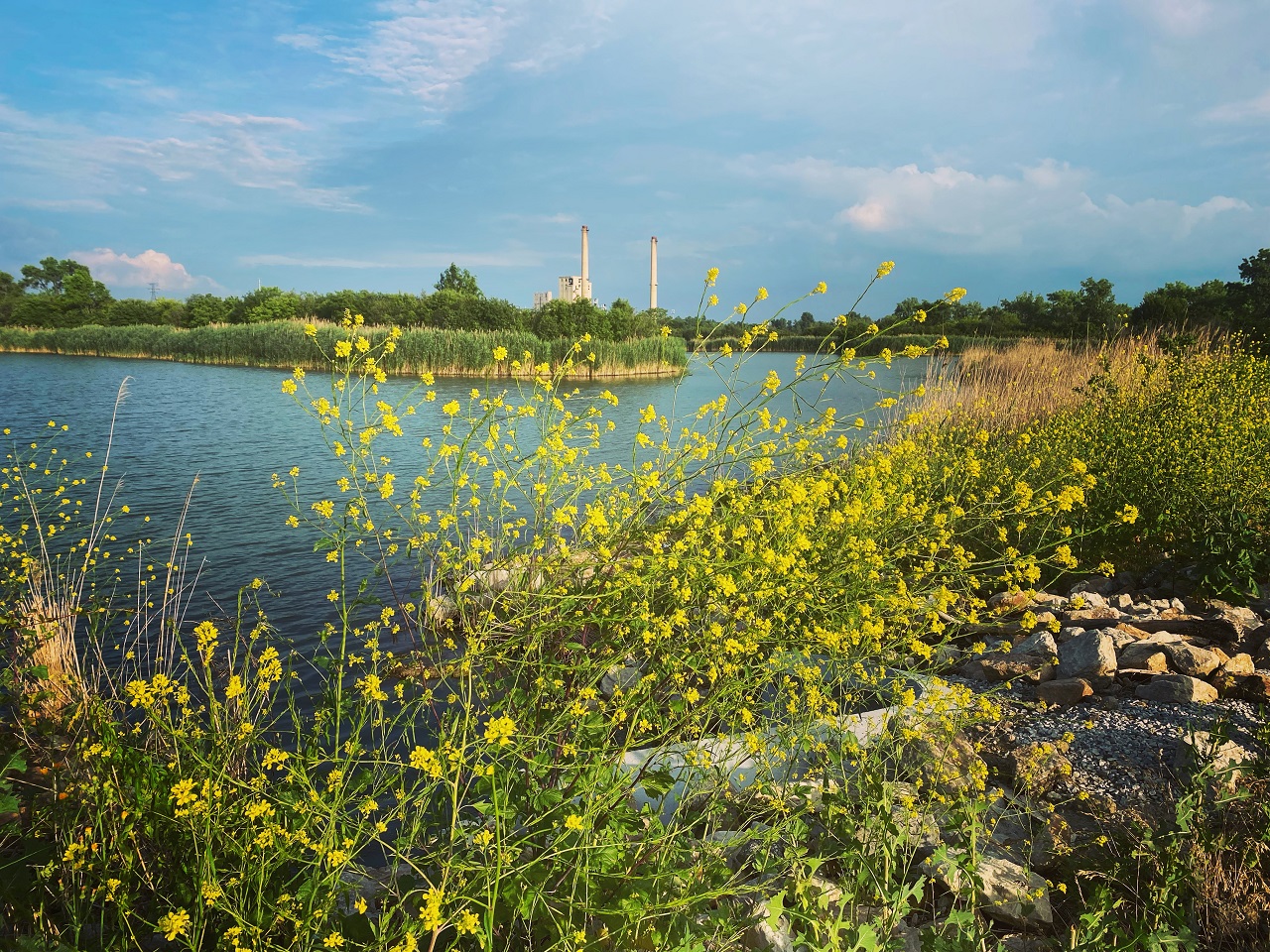
Calumet In Dub
Norman W. Long | Chicago
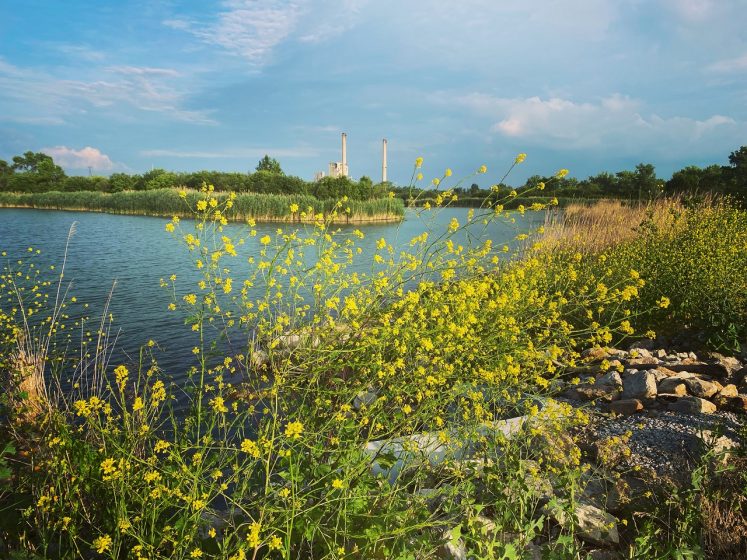
Calumet in Dub collects sounds, field recordings from the Lake Calumet region and areas on the Little Calumet River. The Research entails the collection of data sets on demographics, ecology, and pollution. That data is then translated into music which is mixed with the environmental recordings.
Long was inspired by a story published on the BBC website on the relationship of the Little Calumet River and the history of the migration of African American from the South to the North, housing, labor, and environmental activism of Hazel Johnson, a migrant from Louisiana who settled in Chicago during the second migration 1945-1970.
Norman W. Long
Chicago, United States
Norman W. Long’s current practice centers on walking, listening, improvising, performing, teaching, field recording, and exploring memory, place, ecology, and race. Norman Long has performed and exhibited at Experimental Sound Studio, Kavi Gupta Gallery, Yale University’s Center for Collaborative Arts & Media, The Renaissance Society, High Zero Festival 2022 in Baltimore, Chicago Humanities Festival, Chicago Cultural Center, and 2021 Chicago Architecture Biennial.
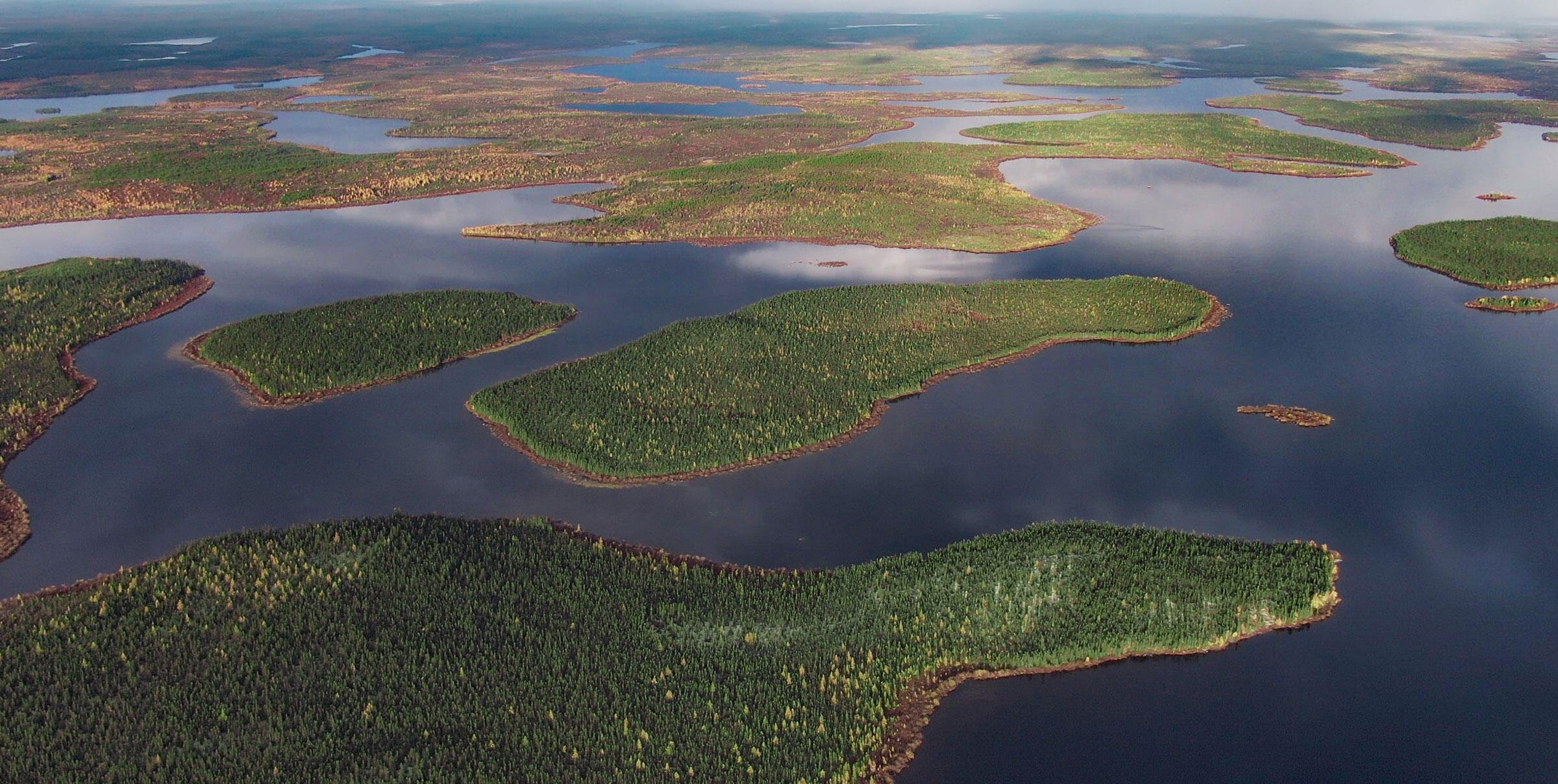
Songs of the Seal River Watershed
Seal River Alliance | Sayisi Dene First Nation
with National Audubon Society
In 2021 and 2022, Indigenous Guardians from the Sayisi Dene First Nation deployed ten autonomous recording units (ARUs) within the Seal River Watershed. The ARUs allow for ongoing remote collection of audio data from the surrounding landscape, including bird songs and calls. The data is retrieved and analyzed to determine the presence and abundance of birds in the area. The process can be repeated and compared over time to help understand changes taking place within the ecological communities.
The work is being done within the Seal River watershed and is in the Traditional Territory of the Sayisi Dene First Nation. This watershed is a rich and vibrant landscape of lakes, rivers, wetlands, forests, and tundra in the region that is commonly known today as northern Manitoba, Canada.
These sound recordings are part of a co-produced research project by the Seal River Watershed Alliance and the National Audubon Society.
image: Chris Paetkau, Build Films
Songs of the Seal River Watershed
Seal River Watershed Alliance
Sound Notes
Track 1: Red-throated Loon (Gavia stellata): This small, graceful loon makes a remarkable variety of wails, coos, and croaks, as well as a prehistoric-sounding gayorworrk as heard here.
Track 2: Common Raven (Corvus corax): This intriguing bird makes a variety of calls varying from a low gurgling croak (heard here) to harsh grating sounds to shrill alarm calls.
Track 3: Willow Ptarmigan (Lagopus lagopus): This rather rotund grouse is very vocal during nesting season and has a remarkable repertoire of call types. Both male and female produce a series of nasal clucks and growls that are used in many contexts.
Track 4: Wolf pair: Although our primary intent is recording the songs and calls of birds within the region, sometimes our ARUs pick up the sounds of other wildlife within the ecological community as they did here with this wolf pair.
Seal River Watershed Alliance
The Seal River Watershed Alliance is an initiative led by the Sayisi Dene First Nation to protect the entirety of the Seal River watershed for future generations in partnership with their Cree and Dene neighbors. Their vision is to ensure their grandchildren’s grandchildren have the opportunity to engage in traditional practices such as hunting, fishing, and serving as guardians of the land and animals within a healthy watershed.
> website
National Audubon Society
The National Audubon Society protects birds and the places they need throughout the Americas using science, advocacy, education, and on-the-ground conservation. A nonprofit conservation organization since 1905, Audubon believes in a world in which people and wildlife thrive. Audubon’s Boreal Conservation Program uses Boreal-focused applied science and strategic communications to leverage public support for Indigenous Protected and Conserved Areas and Indigenous Guardians programs across the Boreal Forest biome.
> website
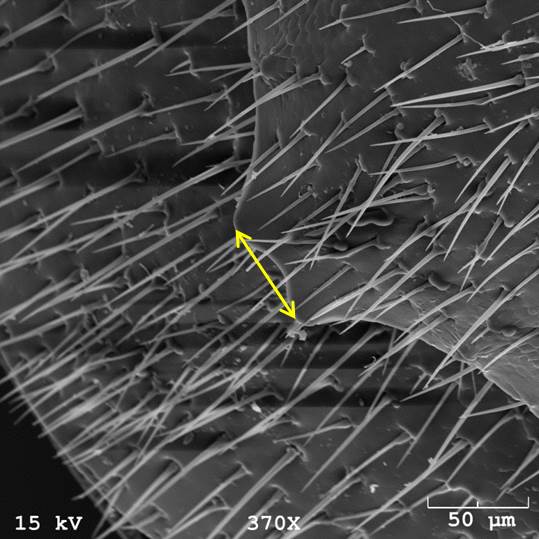
Acoustic Ecology of Bark Beetles
Kasey Maria Yturralde | District of Columbia
with Richard Hofstetter
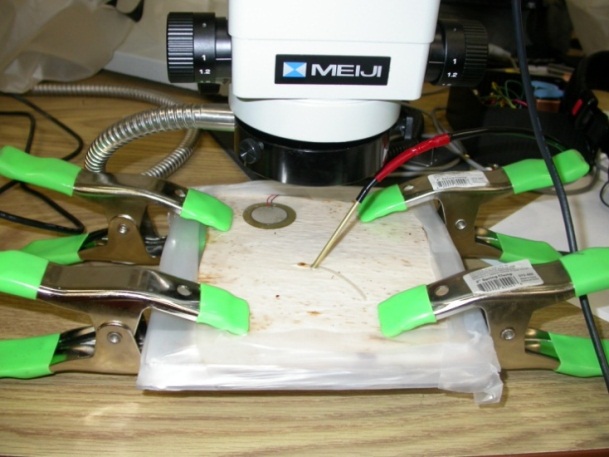
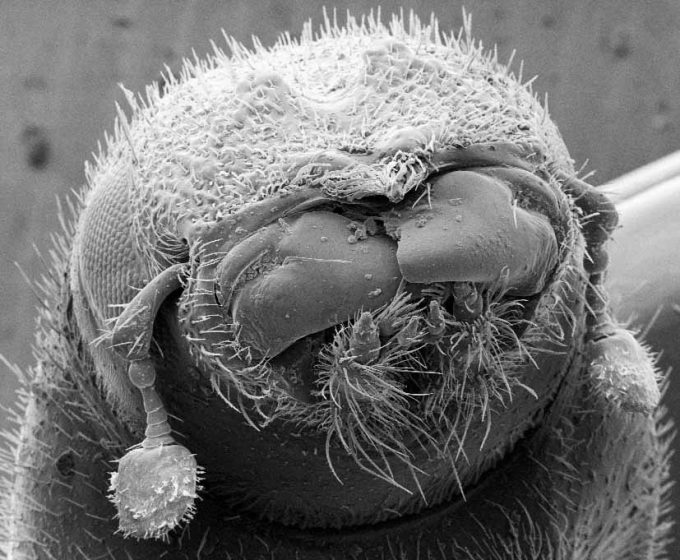
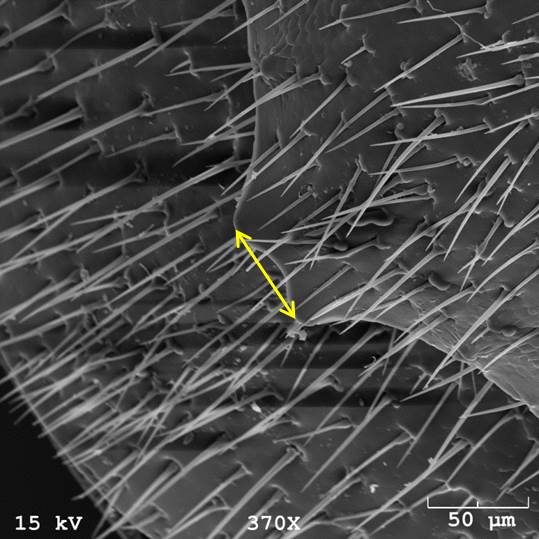
Bark beetles are known for their voracious appetites, chewing through the inner bark of trees, cutting off their supply of sugars. Bark beetles assemble in huge numbers thanks to pheromones (chemical messages) they use to coordinate their mass attack. However, inside a tree, chemicals are not an ideal way to send a message because trees themselves produce chemical defenses, so bark beetles also use sound.
My research project focused on documenting the types of sounds bark beetles make and how they vary across beetle species. This required reproducing the environment they live in, which is a thin layer of phloem just underneath the bark. Back in the lab, I set up a “phloem sandwich” (see photo) and introduced beetles to each other, while recording the sounds they made with a tiny DIY microphone.
In this recording you will hear the chirps made by a male larger Mexican pine beetle approaching a female. As he gets closer to the female the type of chirp changes to a more complicated signal. The female also communicates with sound, these are the regularly spaced chirps and are not as loud, partly because she is further away from the microphone. This was the first publication documenting the types of sounds produced by the larger Mexican pine beetle.
Listen in on a conversation that few people can hear. In fact, many of the sounds made by bark beetles are outside our hearing range. This is what is so fascinating about bark beetles. They have this outsized impact, chewing through the landscape, leaving dead and dying trees in their wake. But there is still so much to understand about how they communicate using sound.
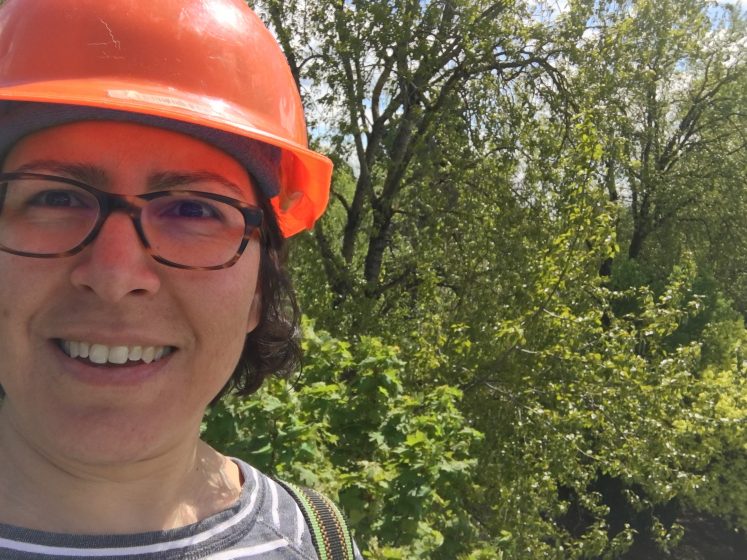
Some scientists have suggested that they can detect dying trees from the sounds trees make when they are deprived of water. In fact, we don’t even know how bark beetles detect sound. Understanding how beetles use sound and their sensitivity to sound may lead to new methods of control. Already scientists have shown that bark beetles behave differently when exposed to extreme sounds. Eavesdropping in on bark beetle conversations can be used in species identification and even detection of new pests in imported wood products.
Images (left to right)
1) Phloem sandwich is made up of inner bark (or phloem) held in between two clear pieces of plexiglass. A tiny microphone is positioned inside the entry point for the bark beetles. Courtesy of Richard Hofstetter (Yturralde and Hofstetter, 2015)
2) Western pine beetle. Courtesy of Kasey Yturralde (Yturralde and Hofstetter, 2015)
3) Scanning electron micrograph of bark beetle (Dendroctonus) abdomen, 120 X magnification. The arrows point to the body part referred to as the plectrum, which is scraped down the underside of the beetle wing to produce sound. Courtesy of Kasey Yturralde (Yturralde and Hofstetter, 2015)
Acoustic Ecology of Bark Beetles
Kasey Maria Yturralde
Kasey Maria Yturralde
District of Columbia, United States
Dr. Kasey Yturralde is a National Program Specialist for the USDA Forest Service Urban & Community Forestry (UCF) Program. Her work focuses on program delivery of the UCF Inflation Reduction Act Grant Program, increasing equitable access to trees and green spaces in communities across the county. She is an ISA Certified Arborist and received a B.A. in biology at UC Santa Cruz, an M.S. in biology at Arizona State University, and Ph.D. in forest science from Northern Arizona University.
Richard Hofstetter
Flagstaff, United States
Dr. Richard Hofstetter received his Ph.D. in Ecology and Evolution from Dartmouth College in 2004 and a M.S. in Entomology from University of Wisconsin-Madison in 1996. His undergraduate degree was in Population Biology at the University of Wisconsin-Madison (1992). Dr. Hofstetter has been a Professor in the School of Forestry since 2005. Dr. Hofstetter’s research focuses on bark beetle biology, bioacoustics, microbial ecology, and mutualistic interactions. His research has resulted in an International Patent on the use of acoustics to control bark beetles and other wood-infesting pests.
> website
Eleanor Ratcliffe
Guildford, United Kingdom
Ellie’s research focuses on effects of the physical environment, and particularly nature, on psychological wellbeing. Her work in this area includes study of natural soundscapes, and especially birdsong; virtual reality; and place attachment and place memory. Currently Ellie is leading a work package on psychological responses to simulated natural soundscapes, as part of the UKRI-funded project Valuing Nature’s Soundscapes. She is a Board member of the International Association of People-Environment Studies (IAPS) and programme lead for Surrey’s MSc Environmental Psychology.
> website
“Or that the place of air in us /
might be singing”
-Ed Roberson
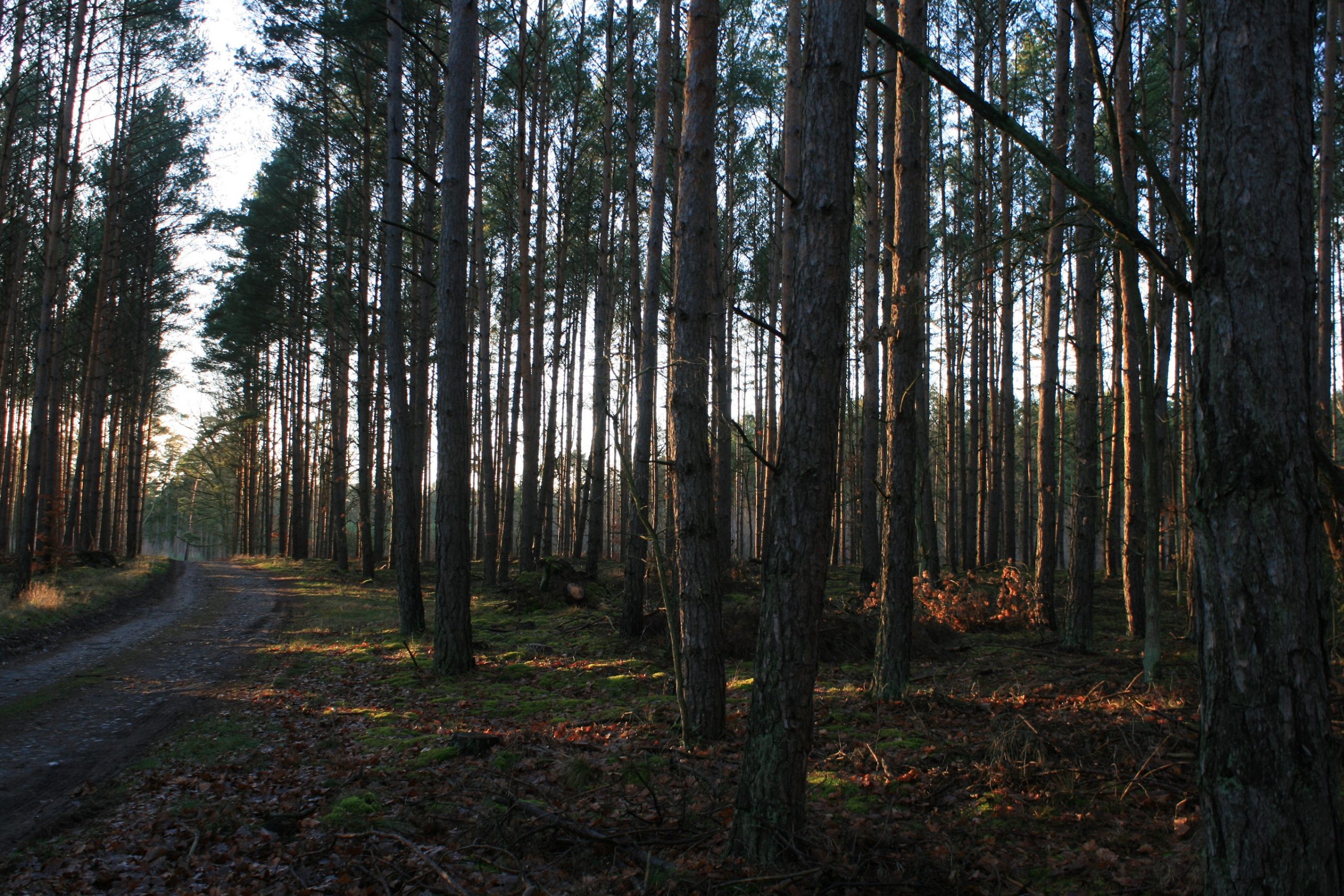
Swarming
Rym Nouioua | Vienna
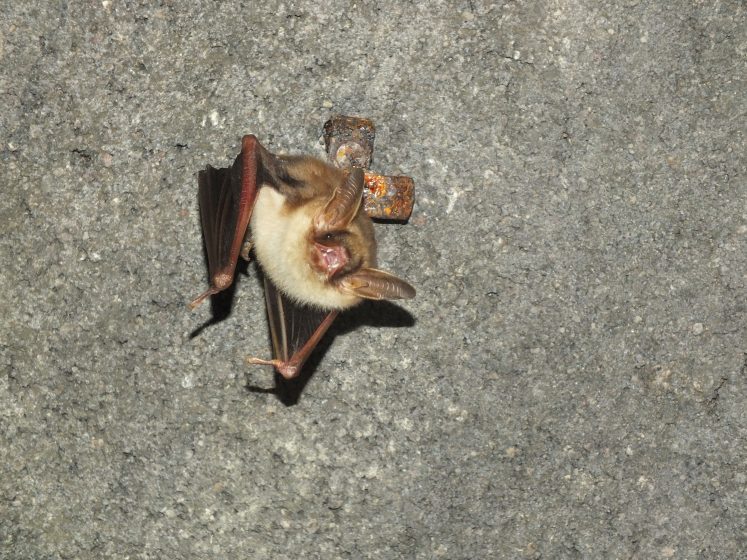
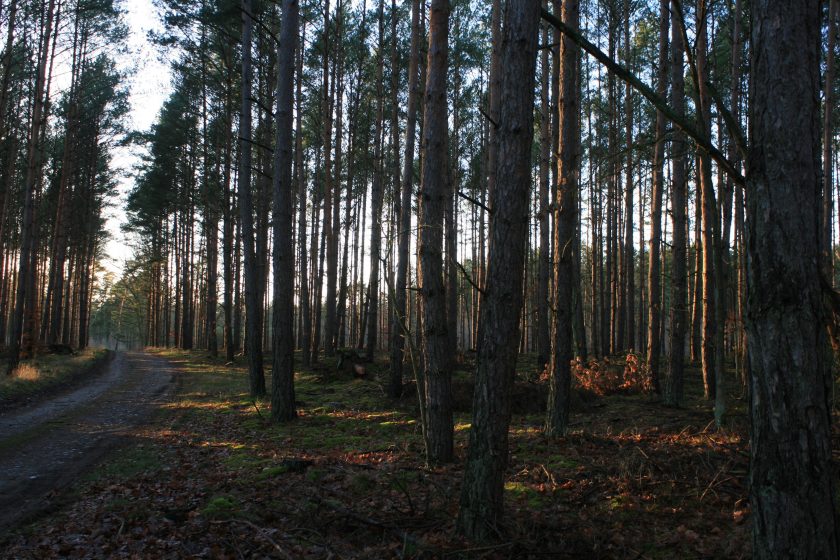
The entire album is made out of field recordings. These were recorded with microphones specially designed for bat research (Ultrasonic detectors).
Rym Nouioua categorized the sounds made by bats in flight according to species, sound type, and frequency range. In the “SWARMING” project, she processed echolocation calls, social calls, and feeding sounds from about 15 different insectivorous bat species (all recorded in Germany).
The sound performance revolves around the purified or modulated sounds (i.e. pitch, mixer principle progression, etc.), because the ultrasonic sounds emitted by bats are inaudible to us humans.
In this project, she placed particular emphasis on the fact that all the sounds, including the beats, were regenerated from bat sounds/recordings.
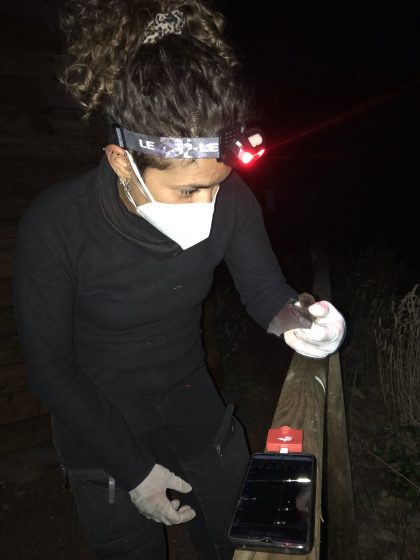
In these recordings, background noises recorded in the ultrasonic range (e.g. nocturnal birds, insects, wind or water/rain) are still audible as background noises that were left on purpose and not removed.
The project builds on this originality of content by communicating the value of bat sounds in a way that no one has experienced before.
> Listen on SoundCloud
Swarming
Rym Nouioua
Rym Nouioua
Vienna, Austria
Rym Nouioua (MSc) is a doctoral researcher and independent artist who uses her expertise in bat research and bioacoustics to create nature-oriented art projects. Her work aims to bring ecology into the world of art and raise awareness for environmental issues. Rym Nouioua has released a noise album called “Swarming” (2020) and collaborated on the project “The Bat Effect” (2021) to showcase the importance of stepping back from anthropocentric views.
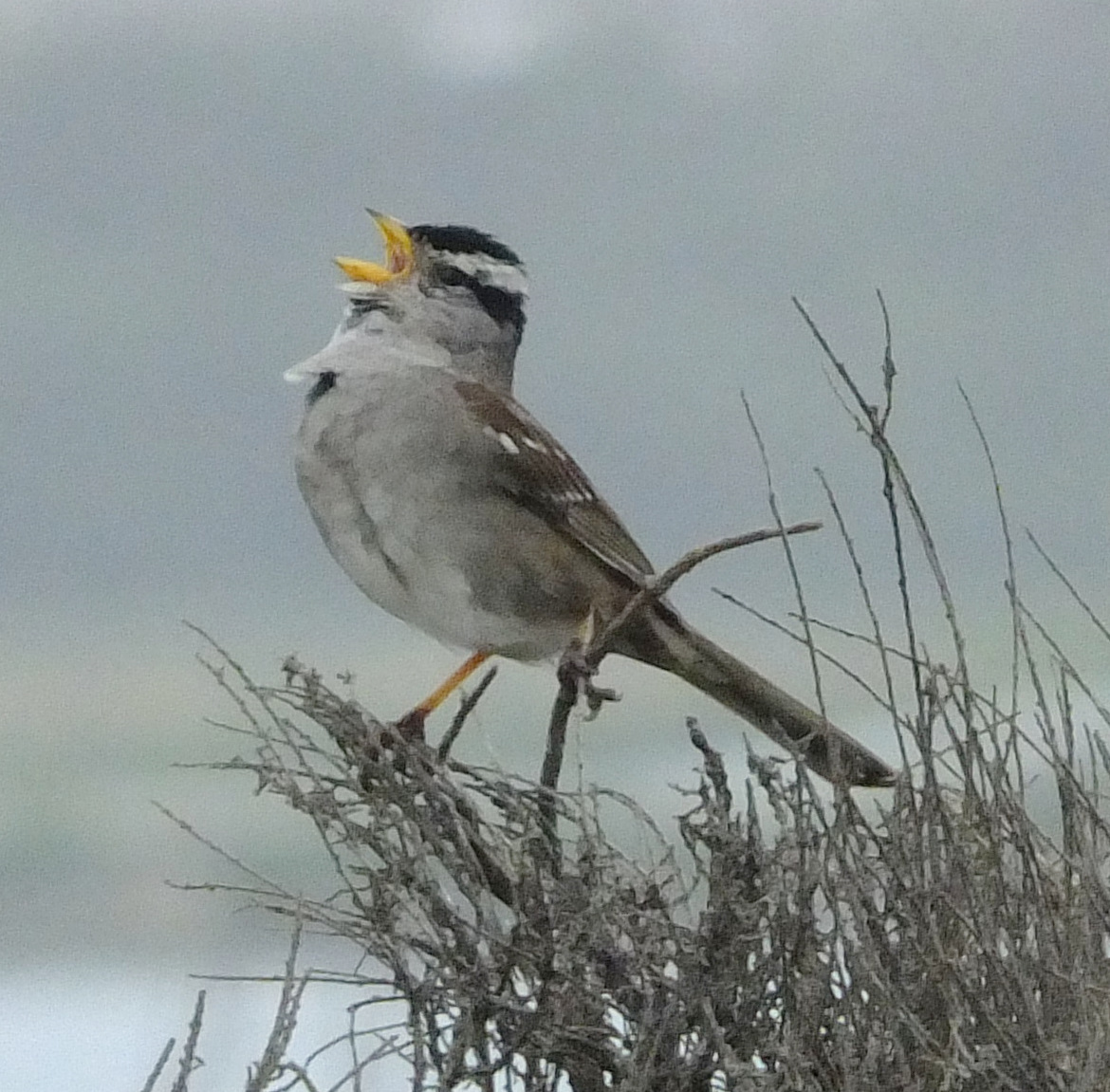
Soundscape ecology of urban forests; Nature singing in a noisy fog.
Robert J. Laverne | Hartville
Wendy Kellogg | Cleveland
Nature sings with many voices – birds, insects, amphibians, mammals, and even wind and water. Urban soundscapes contain all of these elements plus the voices of humans and the mostly unwanted sounds – commonly referred to as noise – of all of our machinery. If noise is sound that interferes with communication, how do all of the living organisms, including humans adapt to cities?
The research presented here considers how urban soundscapes change as urban forests lose trees.
Robert J. Laverne
Hartville (OH), United States
R.J. Laverne is the Manager of Education and Training for the Davey Tree Expert Company and is Adjunct Assistant Professor at the College of Forest Resources and Environmental Science at Michigan Technological University. Dr. Laverne received his PhD from Cleveland State University in Urban Studies and Public Affairs. His research usually begins with “I wonder…?.”.
> website
Wendy Kellogg
Cleveland (OH), United States
Wendy Kellogg is a professor of urban and environmental planning at the Levin School of Urban Affairs at Cleveland State University. Dr. Kellogg received her PhD from Cornell University in City and Regional Planning. Her research focuses on evolving landscapes of watersheds and the governance arrangements to manage them.
> website
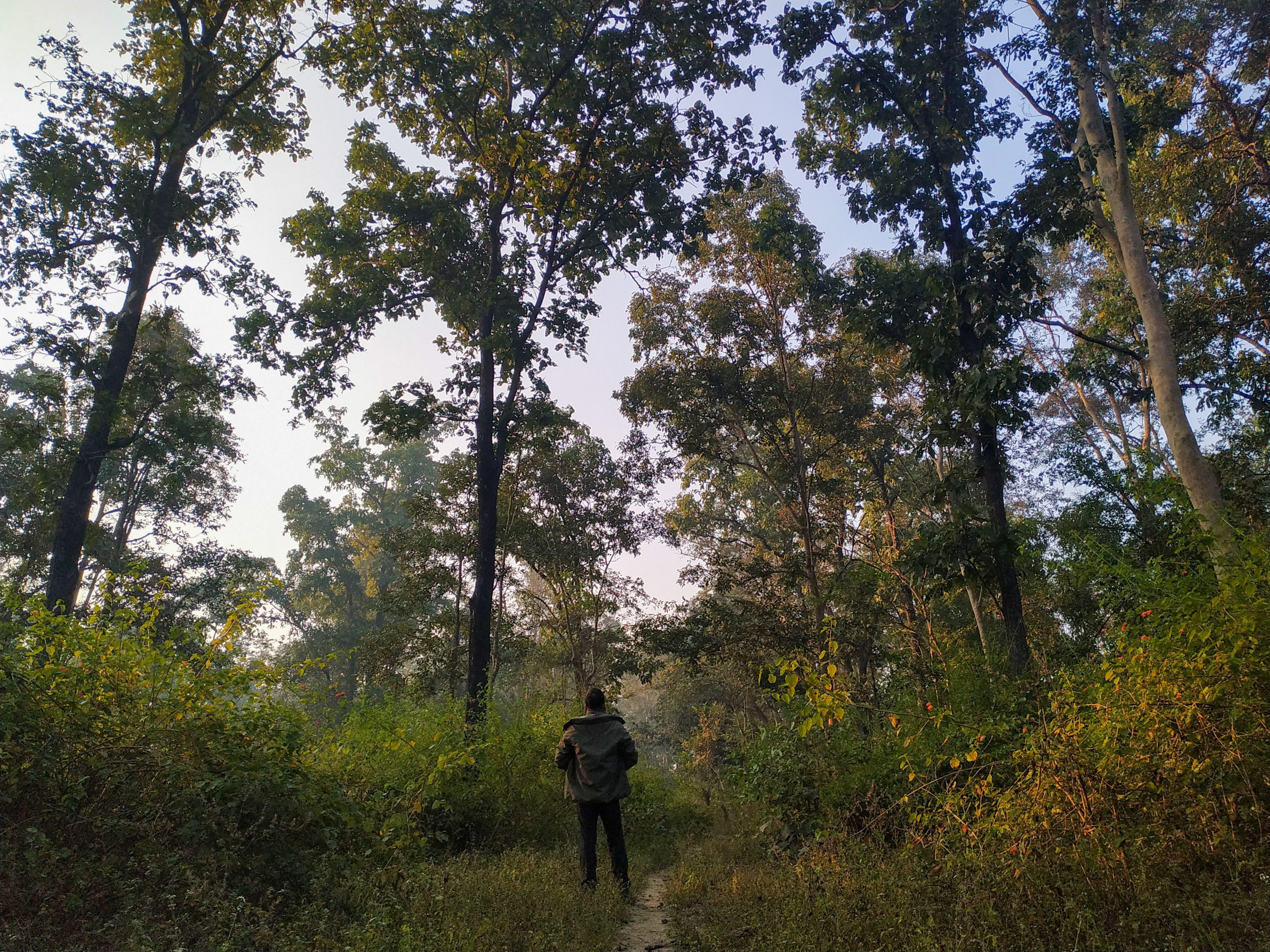
Eavesdroppingon a tropical dry forest in the heart of India
Pooja Choksi | Madhya Pradesh
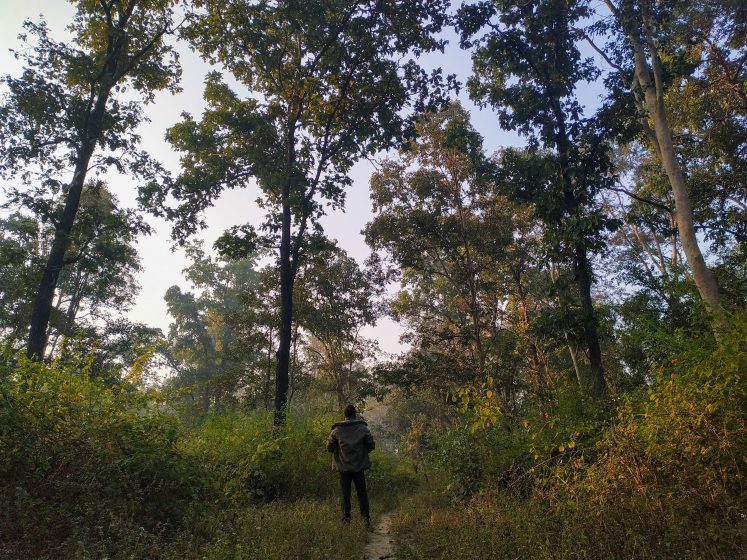
Studying the auditory dimension of a forest is a data-intensive, scientific undertaking, but it is also an absolute pleasure to eavesdrop on a host of melodious and some not-so melodious vocalizing species.
My research aims to understand how restoring forests, through the removal of an invasive shrub in tropical dry forests in the heart of India, changes the soundscapes of these sites. I carried out this research in the forests around the Kanha National Park, in the state of Madhya Pradesh in India. Just like one does with a camera trap, we leave out acoustic recorders in the forest to record all frequencies between 0 to 24000 Hz, which include vocalizing species audible and inaudible to humans.
These soundscapes come from the two extreme seasons in central India – summer and winter. While each season boasts its host of migratory species, it is also the resident species that light up the spectrograms and put on a spectacular auditory show.
Central India is home to one of the largest populations of tigers, but it also hosts a much larger biological diversity, which often remains in the shadows of the tigers’ popularity. However, in the auditory landscape, it is these lesser charismatic species like the anurans, insects and birds that take the limelight. The region also boasts several forest-fringe villages where people and wildlife have both adjusted to make space for each other.
When we retrieve our acoustic recorders, we’re always excited to hear what awaits us in these recorded soundscapes. From finding oneself smack in the middle of a drama unfolding in the form of a possible tiger or leopard hunt to experiencing the Common Hawk-Cuckoo season in full swing, these acoustic delights remain hidden in gobs of data and jump out at us as we carefully analyze the data.
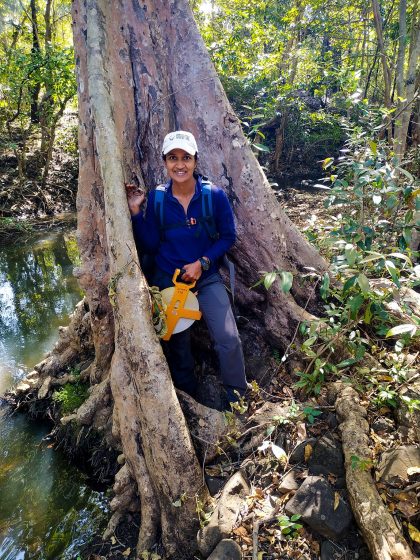
Listening to these forests reminds us of how unique coexistence with wildlife in rural Indian landscapes is.
Eavesdroppingon a tropical dry forest in the heart of India
Pooja Choksia
Sambar Langur Calls – A clip of a morning when the langurs and Sambar Deer were less than comfortable on account of a big cat in the vicinity. If you hear a Sambar deer and langur, you can be almost certain that there is a big cat about.
Dilwara cowbells – While the core areas of national parks are strictly protected, buffer regions often include fragmented forests and small hamlets and villages. People use the forest for their livelihoods and for cultural reasons, and in the same way, wildlife, especially ungulates, come close to villages and often feast on crops being grown by the villagers. In India, people are very much a part of the wild landscape. Here is a soundscape from a forest-fringe village waking up and going about their day.
Pooja Choksi
Madhya Pradesh, India
Dr. Pooja Choksi is an ecologist and co-founder of Project Dhvani, an organization harnessing acoustic technology to monitor biodiversity in tropical landscapes. Her primary research examines the ecological and social outcomes of forest restoration efforts. She is currently a postdoctoral researcher at the University of Minnesota where she examines the potential for land restoration in South Asia. Dr. Choksi received her PhD in Ecology from Columbia University and her Master of Environmental Management from the Yale School of the Environment.
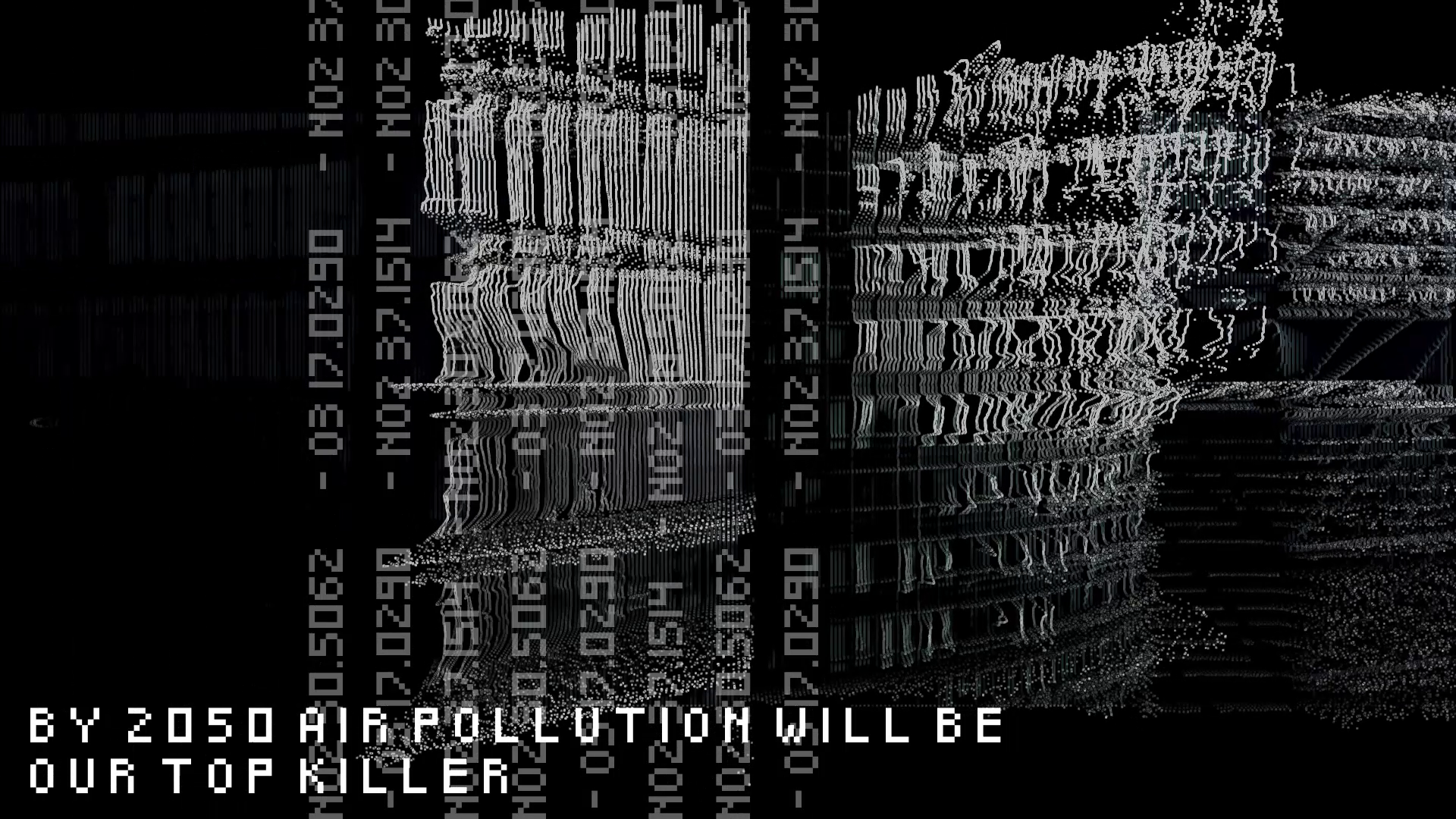
Aire V.3 CDMX
INTERSPECIFICS | Mexico City
Aire v.3 is an audiovisual album generated with machine learning tools that analyze patterns of the pollution from different cities around the world: Mexico City, Bogotá and Sao Paulo. The data comes from the predictive system of the Resource Watch, designed by the World Resource Institute and the NASA.
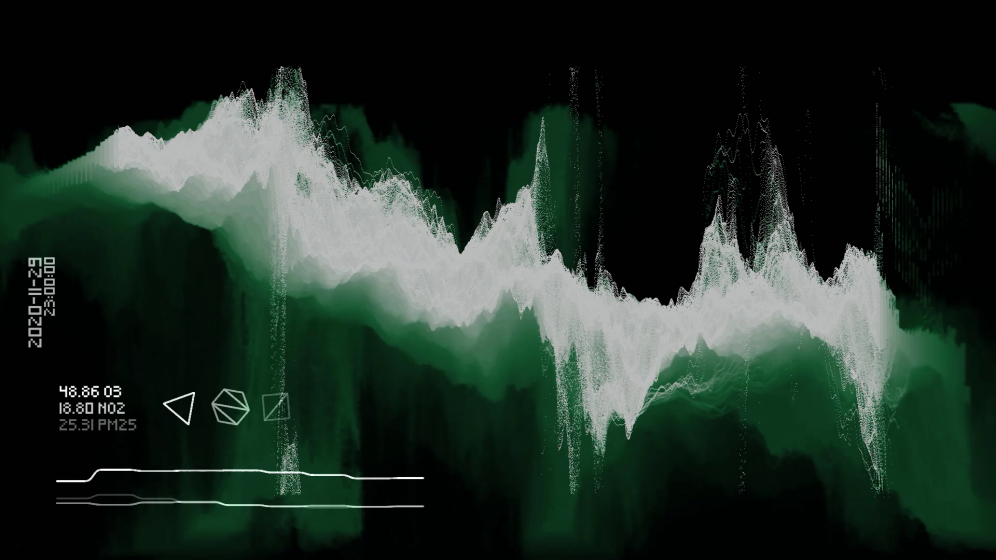
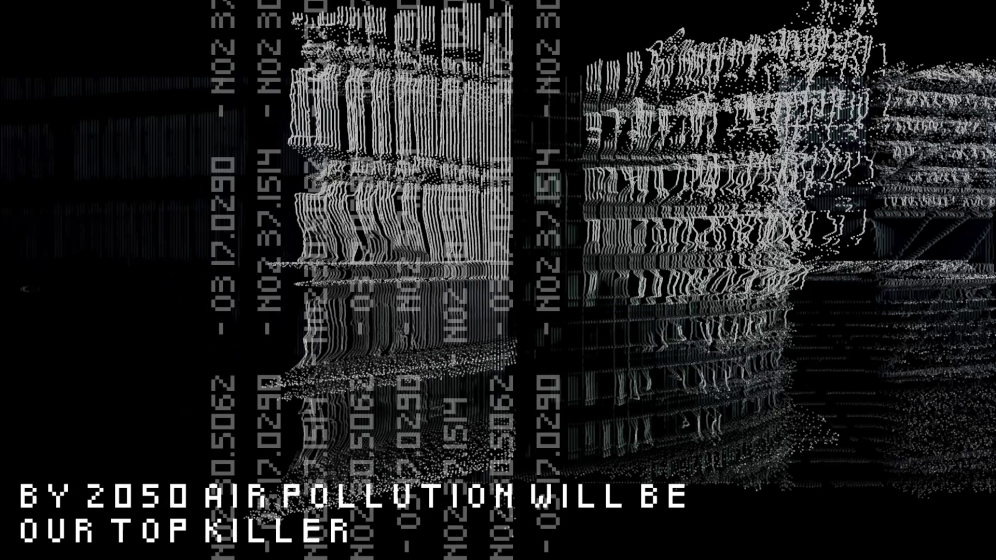
Interspecifics has created a series of sound and visual compositions showing the pollution dynamics in the air of each of these three cities. The first stage of this project revolves around an audiovisual experience in 10 minute segments where cityscapes made of elevations from 3D maps and satellite images are shown alongside generative sound compositions focused in latin american cities.
AireV3 CDMX
INTERSPECIFICS
INTERSPECIFICS
Mexico City, Mexico
Interspecifics is an international Independent artistic research bureau founded in Mexico City in 2013. We have focused our research on the use of sound and A.I., to explore patterns emerging from biosignals and the morphology of different living organisms as a potential form of non-human communication. With this aim, we have developed a collection of experimental research and education tools we call Ontological Machines. Our work is deeply shaped by the Latin American context where precarity enables creative action and ancient technologies meet cutting-edge forms of production. Our current lines of research are shifting towards exploring the hard problem of consciousness and the close relationship between mind and matter, where magic appears to be fundamental. Sound remains our interface to the universe. Winners of the Ars Electronica AI x Future Lab residency. Our most recent work includes commissions for the Haus der kulturen der Welt, Geneva Biennale of the Moving Image
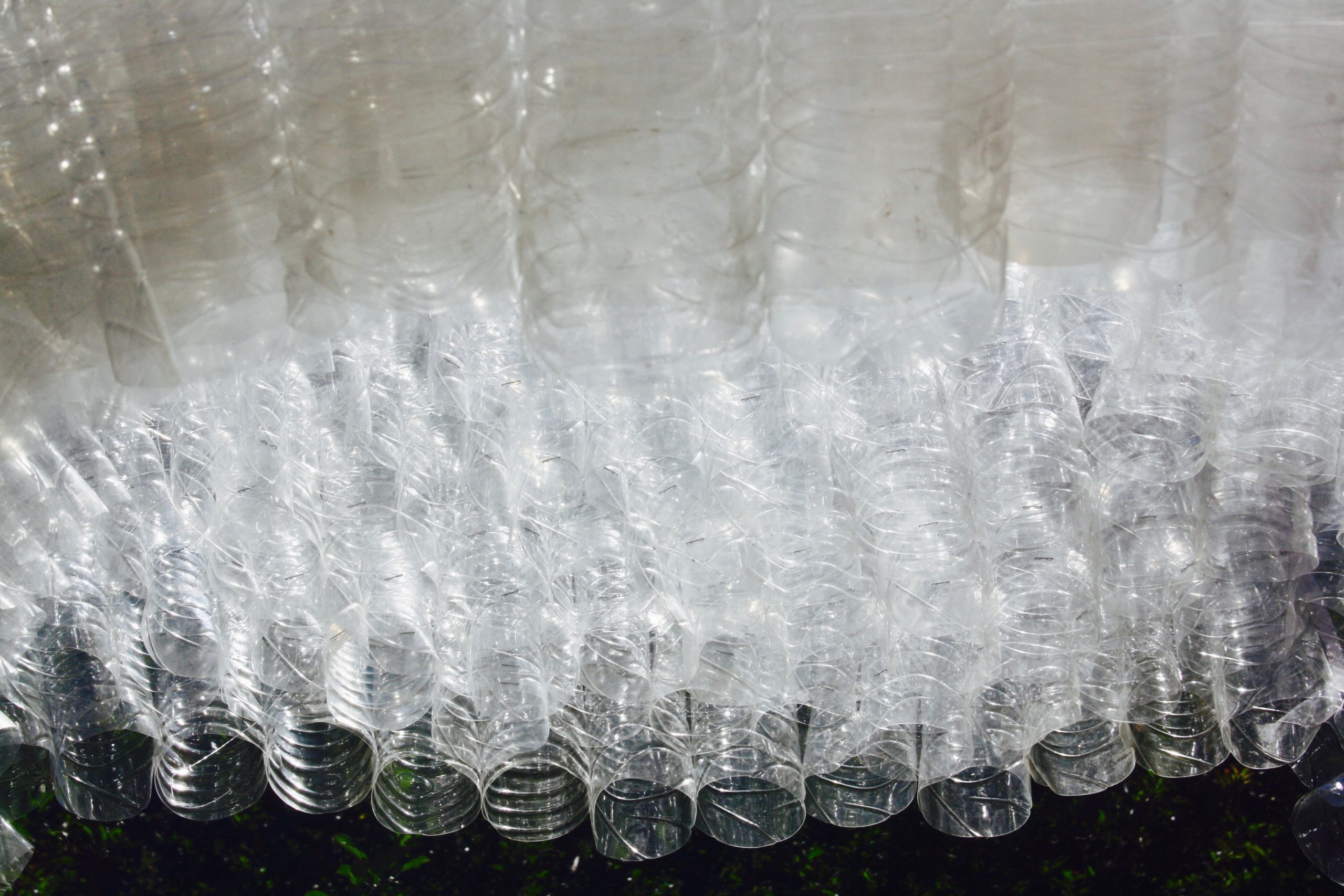
Windschatten
Farah Mulla | Mumbai & Goa
Windschatten was built as a visual metaphor for cycles of consumption in the quaint village of Kalga, Himachal Pradesh as a part of an artist residency. Determined to create a sound installation using local materials, I decided that one of the most abundant local materials was the plastic in bottles that are used and quickly disposed of by consumers. It transforms concerns for sustainability and the environment into an architectural metaphor for cycles of consumption and waste.
The kinetic installation used plastic bottles designated as waste to construct a large, organically shaped arch. The sculpture is activated by the intensity and direction of the ambient wind conditions to generate its sonic response.
The bottles catch the wind in different directions and intensities to generate the sound of the winds. The openings within the bottles act as a funnel through which air columns vibrate and generate sonic responses. The sound generated by the installation is an eerie drone, which is quite a contrast to the pleasant soundscape prevalent in the village.
The project proudly displays its modest materials, leaving the plastic bottles uncovered and unpainted.
Yet the unremarkable building blocks combine to create something that is almost unrecognizable and completely extraordinary.
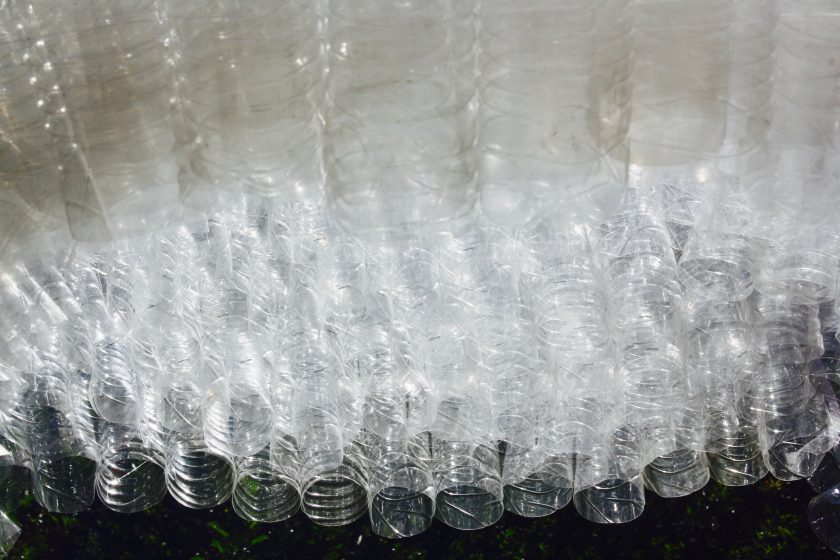
The sculptural form was conceived as a symbol of the landscape that provides the materials for the plastic bottles and which is made to suffer as a result of our wasteful modes of production and consumption. This project was composed of the number of bottles thrown away in Kalga every day.
Through the building process of the installation the artist ended up cleaning up the entire village of its plastic refuse. The kinetic installation transformed this abundant waste into a space for contemplation and imagination.
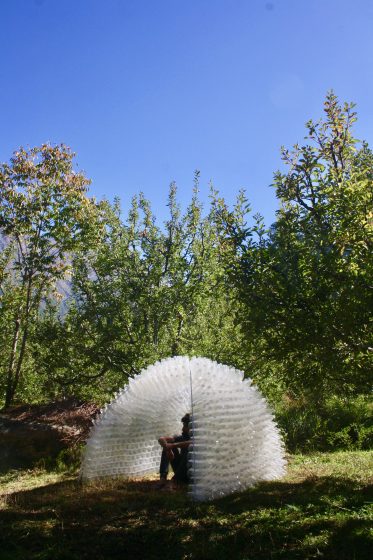
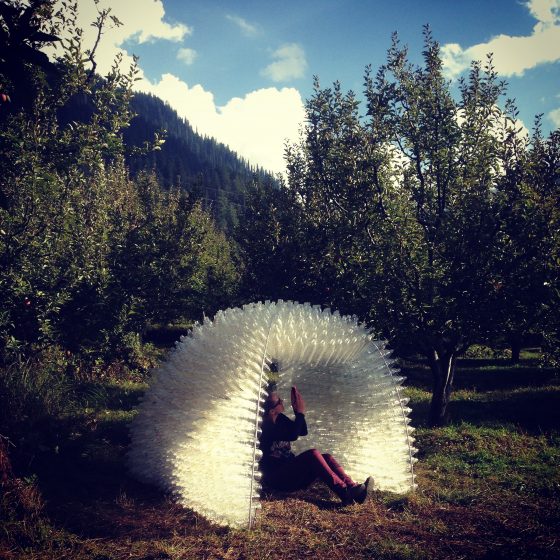
The structure not only references the natural processes that are disrupted by waste and pollution or the water-carrying capacity of the bottles that are thrown away — it also suggests the possibilities for modes of production that are sustainable and regenerative. The installation utilized the local community’s waste while rallying the community to contribute, build and enjoy the structure.
Rather than representing a landscape or forces of nature, windschatten evokes — in an abstracted form — the waste that it is made from. Hanging precariously over the edge of a mountain in an apple orchard, windschatten could have been another piece of plastic debris about to litter the river just below. Yet instead the installation suggests a different, more beautiful afterlife for consumer by-products.
Windschatten
Farah Mulla
Farah Mulla
Mumbai & Goa, India
Farah Mulla is a multimedia artist based in Goa. Her background in science overlaps with her art practice that explores the perception of sound and its effects on human neurology and subjectivity. Often investigating different media, she uses the human voice, field recordings and other modes of inquiries to explore aspects of our listening experience and the invisible agency of sound via multiple modes of perception.
“Here the oxygen in water is not screaming. Here the o in h2o is not a sob. here the roundest molecules are breathing quite peacefully, like they chose the job.”
-Alexis Pauline Gumbs
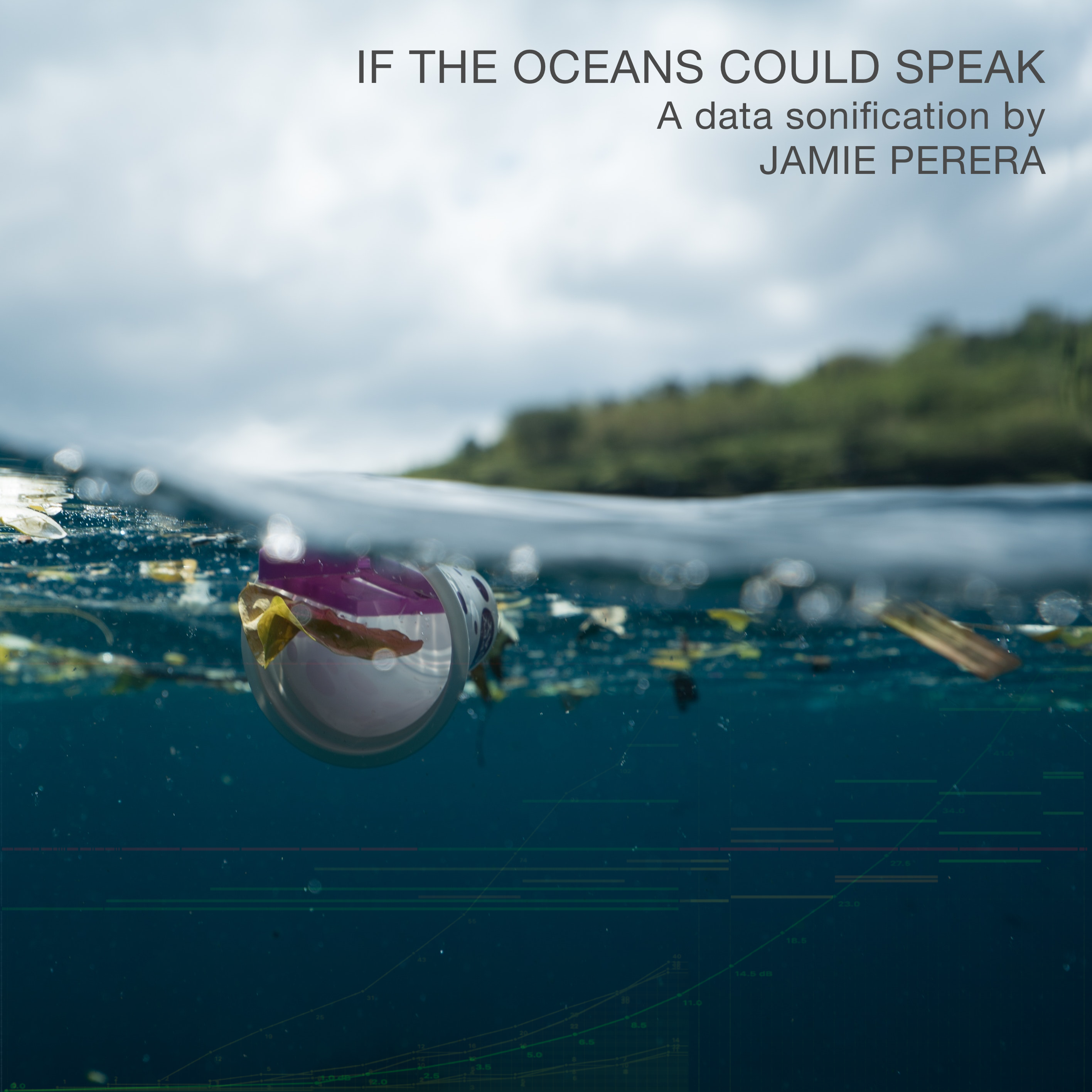
If The Oceans Could Speak
Jamie Perera | United Kingdom
If the Oceans Could Speak transforms data around our production, consumption and disposal of plastics in the world’s oceans into a sound and music composition.
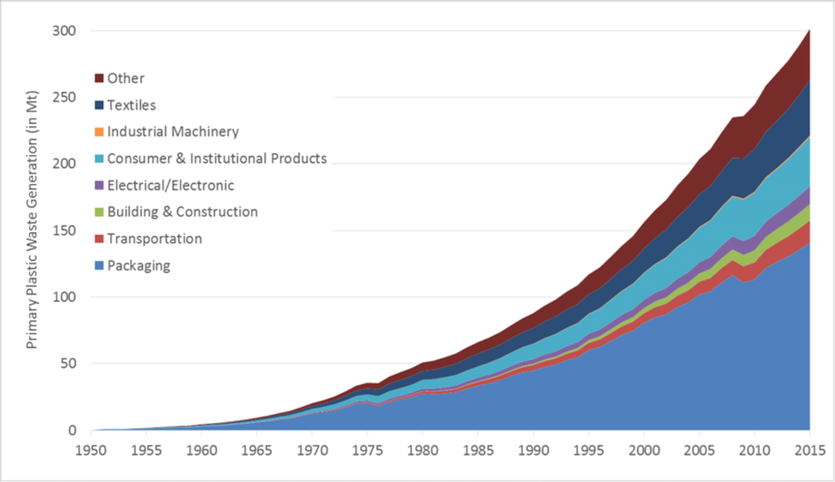
This piece was created using datasets from the World Economic Forum, Plastics Europe, the University of California Santa Barbara (Roland Geyer), the University of Georgia (Jenna Jambeck) and Sea Education Association in Massachusetts (Kara Lavender Law).
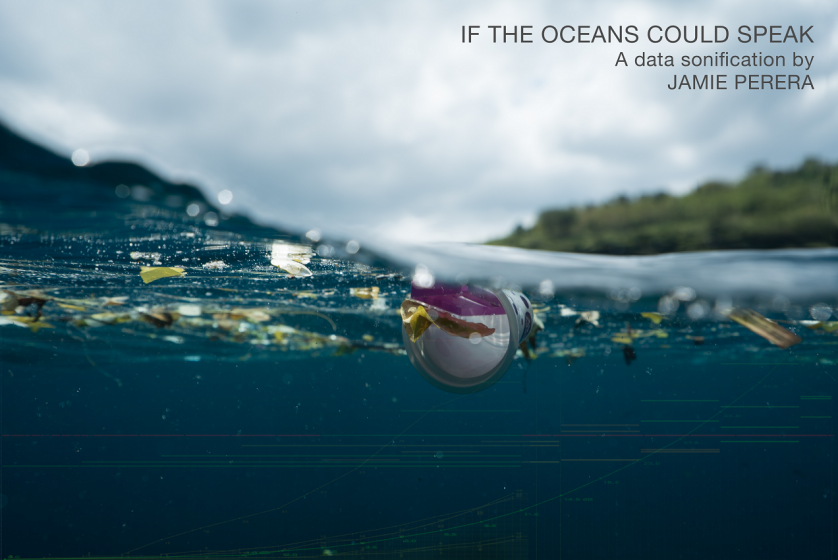
Using underwater oceanic recordings together with data sonification, it uses sonic textures, harmonies and variations in pitch and intensity to provoke a response in the listener.
Created by Jamie Perera. Originally commissioned by We Are the Oceans as a Climate Symphony work.
If the Oceans Could Speak
Jamie Perera
Jamie Perera
United Kingdom
Jamie Perera (he/him) uses sound to represent objects in ways that create provoking experiences for listeners. His work explores grief, radical deconstruction, re-imagining and reclamation in the context of The Great Acceleration, whilst challenging the conventions between music, sound and data.
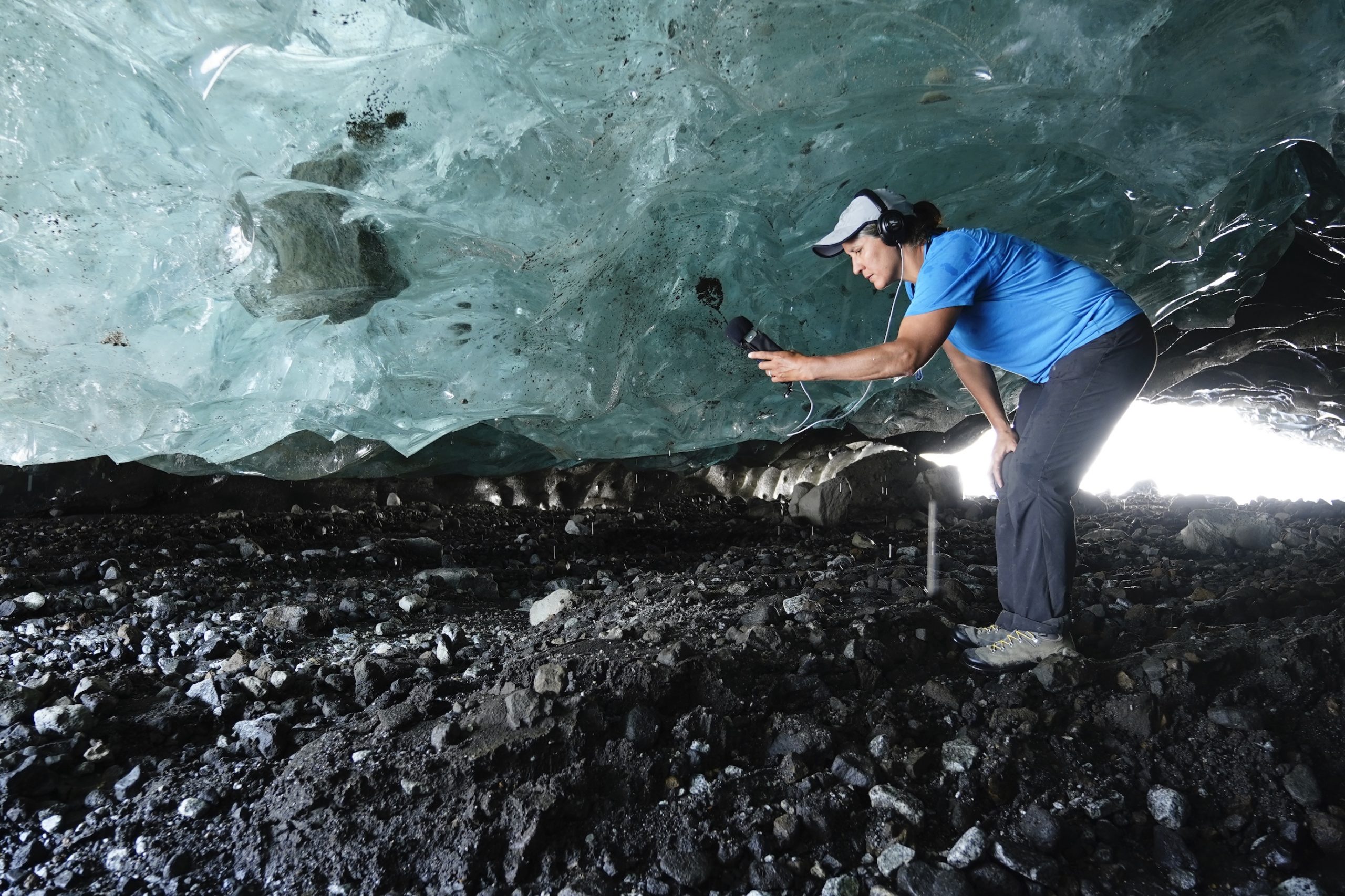
Water Rhythms: listening to climate change
Michele Koppes | Vancouver
Susie Ibarra | New Paltz
Water Rhythms is the story of climate change as told by the ice and water. It is the acoustic story of our entanglements with a changing climate and changing landscapes of our own making.
As glaciers worldwide shrink and disappear in response to a warming world, the availability and quality of freshwater is being threatened. As the ice disappears, these water rhythms are also shifting and fading away.
We have been sonically mapping changes in glacier runoff in some of the world’s most important water towers, including the Coast Mountains of the Pacific Northwest, the Greenland Ice Sheet, and the Indian Himalaya.
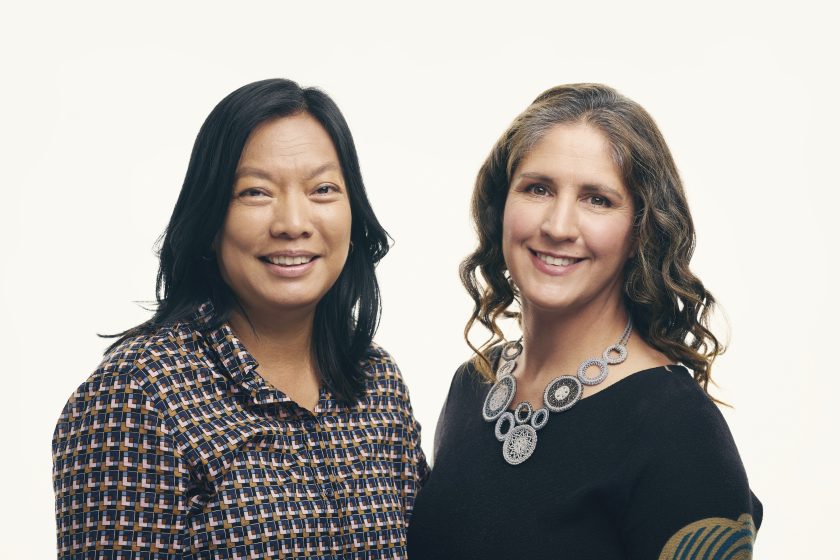
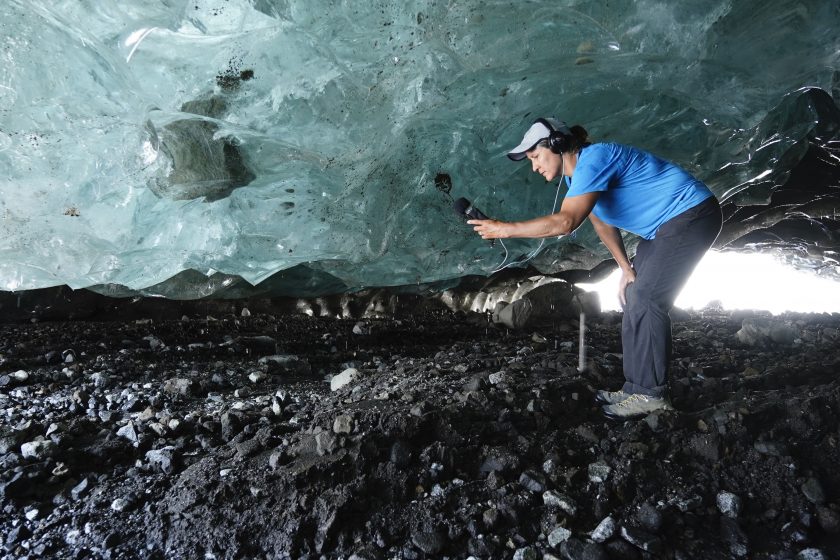
images:
1) Portrait of TEDFellows Susie Ibarra and Michele Koppes. TED Countdown Summit. October 12-15, 2021, Edinburgh, Scotland. Photo: Bret Hartman/ TED
2) Production image from Water Rhythms for Reverberations
Through recordings taken from above and below the ice and water, including the sounds and music of the people who live along their respective shores, we invite the listener into a more embodied understanding of how we are inextricably connected to Earth’s lifeblood, freshwater. We invite you to listen deeply to the stories the water is telling us about a world of increasing ecological precarity.
Water Rhythms Listening Room
Michele Koppes and Susie Ibarra
Michele Koppes
Vancouver, Canada
Michele Koppes is a Professor of Geography at the University of British Columbia, Director of the Climate and Cryosphere Lab, and Senior TED Fellow. Her passion is understanding how glaciers and mountains respond to climate change, and the impacts these changes on waterscapes and people. She spends much of her time exploring and collecting the stories of changing ice and water in remote, icy places all over the world, from the mountains of Alaska and the Pacific Northwest to Patagonia, the Himalayas, the Tien Shan, Greenland, and Antarctica. Koppes is based in Vancouver, British Columbia.
Susie Ibarra
New Paltz, United States
Susie Ibarra is a Pilipinx composer, drummer/percussionist, and sound artist who focuses on creating and supporting work that preserves ecosystems of biodiverse habitats and traditional and Indigenous cultures. She creates immersive experiences through sound to invite people to connect to their natural and built environments. Ibarra is a Doris Duke Fellow in Music, a Senior TED Fellow, and an Asian Cultural Council Research Fellow. Ibarra currently lives and works in New Paltz, New York.
> website
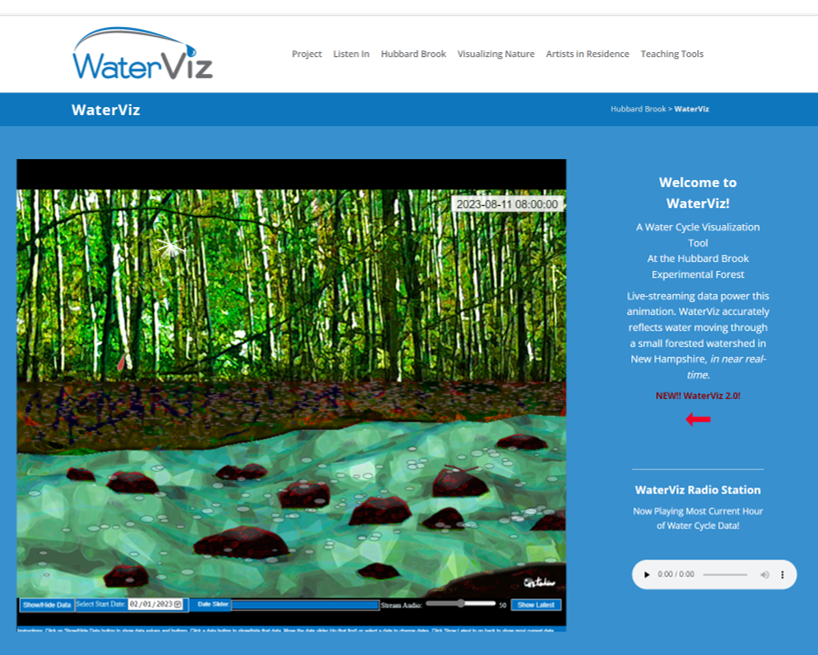
WaterViz: A Water Cycle Visualization and Sonification Tool at the Hubbard Brook Experimental Forest
Lindsey Rustad | Durham
with Xavier Cortada, Marty Quinn, Mary Martin
WaterViz takes actual water and weather data gathered at the Hubbard Brook Experimental Forest in the White Mountains of New Hampshire and converts it into music as a sonficiation. The Hubbard Brook sonification assigns specific elements of water data to specific musical instruments, creating a forest symphony. The listener can hear the quantities of water moving through the forest as precipitation, stream flow, soil water, evaporation, and transpiration. Several drivers of the water cycle, including air temperature and wind, also play a part in the music.
Sonifications, unlike charts and graphs, engage different neural circuitry in our brains than the visual and reasoning centers. In other words, sonifications allow us to process scientific data in new and exciting ways.
In the WaterViz, precipitation is played by cymbals, stream flow by bass guitar and french horn, soil water by guitar, evaporation+transpiration by African marimbas, air temperature by flute and wind speed and direction by violins.
Related Links
Lindsey Rustad
Durham (NH), United States
Dr. Lindsey Rustad is the Acting Director of the U.S. Department of Agriculture (USDA) Northeast Climate Hub and a research ecologist for the USDA Forest Service Climate, Fire, and Carbon Cycle Science in Durham, New Hampshire. She received a BA in philosophy at Cornell University in 1980, an MS in forest science at the Yale School of Forestry and Environmental Sciences in 1983, and a PhD in plant science in 1988 at the University of Maine.
Xavier Cortada
Pinecrest (FL), United States
Cortada serves as Professor of Practice at the University of Miami Department of Art and Art History (with secondary appointments in the university’s Miller School of Medicine Department of Pediatrics and School of Law), and Artist-in-Residence at Pinecrest Gardens, where his studio, gallery, and socially engaged art practice are based. He was recently appointed by Mayor Daniella Levine Cava to serve as the inaugural Artist-in-Residence for Miami-Dade County.
Marty Quinn
Durham (NH), United States
Marty Quinn is a composer/data scientist and founder of Design Rhythmics Sonification Research Lab. He has focused on the perception of data thru music and visualization for over 25 years. His many works include “The Climate Symphony,” “Water Ice on Mars,” CRaTER Live Internet Radio, “Walk on the Sun” interactive movement and image sonification for the visually impaired, and “Touch the Future: Hear the Climate Change.” He has worked on the NASA IBEX and CRaTER instruments teams at the University of New Hampshire, where he holds an MS in computer science.
with further contributions from:
Mary Martin, Web Programing and Data Management, University of New Hampshire, Durham, NH. Sarah Garlick, Science Policy and Outreach, Hubbard Brook Research Foundation. Michael Casey, Center for Cognitive Neuroscience, Principal Investigator for “Music, Health, and Medicine,” a Medical Humanities Network project. Amey Bailey, USDA Forest Service, Hubbard Brook Experimental Forest, Woodstock, NH. Ivaylo Dzhedzhev, Visualization Developer, Simosol Oy, Finland. Mark Green, Hydrologic Modeling, Plymouth State University, Plymouth, NH. Jussi Rasinmäki, Visualization Developer, Simosol Oy, Finland.
“Art is a connection, like passing on a flame.”
-Wangechi Mutu
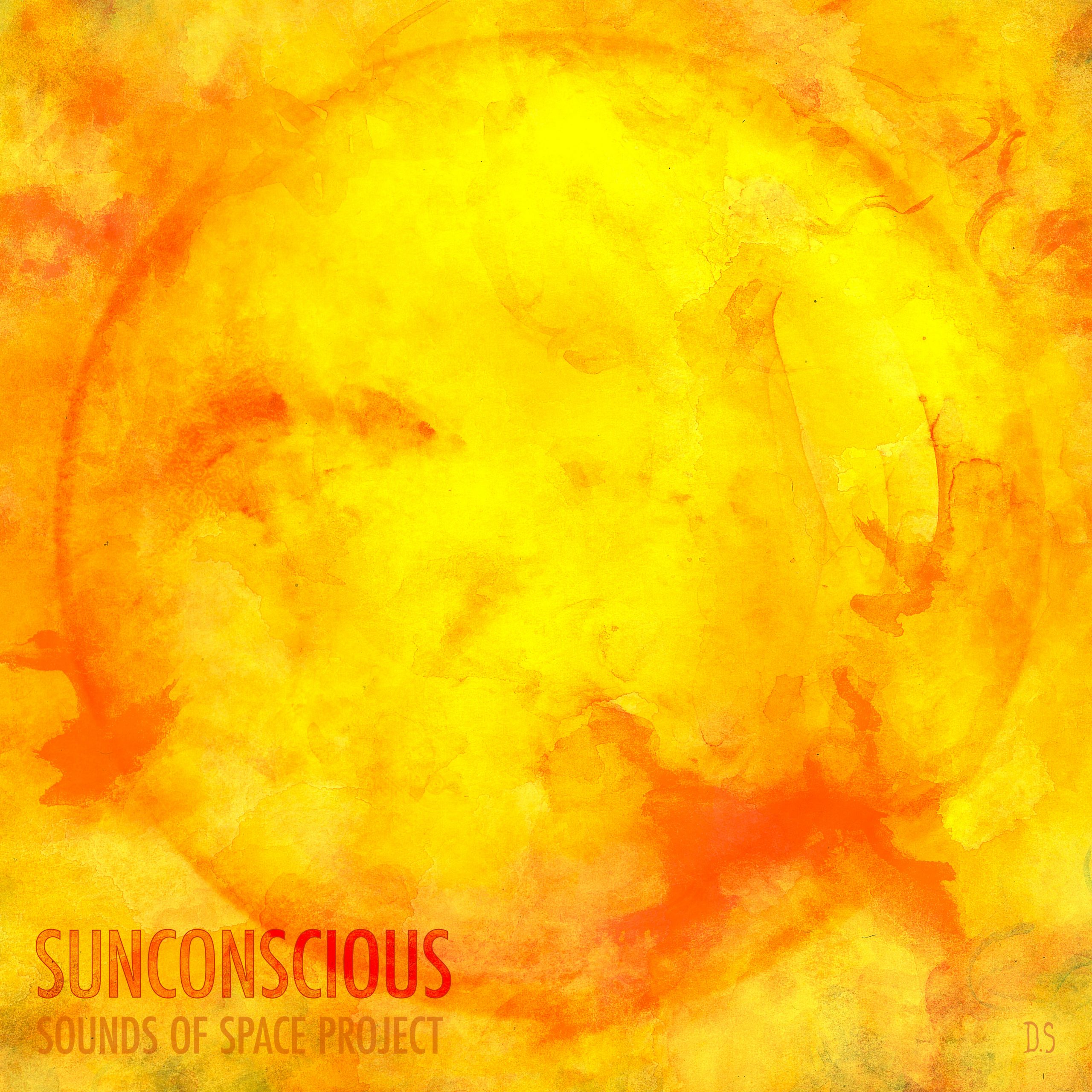
sunconscious
Kim Cunio | Canberra
Nigel Meredith | Cambridge
Diana Scarborough | Cambridge
You are listening to the ‘sounds’ of space recorded on the day of the first sunrise of the austral winter at Halley VI Research Station in Antarctica.
The Sun has been permanently below the horizon for over 3 months and this is a particularly important day in the calendar year at Halley, as the Sun finally rises again, trumpeting the start of lighter and longer days.
In this track we hear the wonderful variety of Earth’s natural radio emissions captured by the Halley VLF receiver on this momentous day.
All of us know the sensation of seeing first light, and we can imagine together how incredible this would be after the long ‘night’ of the Antarctic Winter.
Sunconscious takes us on a multimedia journey to the Sun, revealing the magic created when science and the arts collide. The album includes some unusual and fascinating ‘sounds’ as recorded on the Parker Solar Probe, Cassini and SOHO spacecraft. We also experience the ‘sounds’ of space as recorded at Halley VI Research Station on the day of the first sunrise following the southern hemisphere winter and last sunset following the southern hemisphere summer. These eclectic space and ground-based ‘sounds’ are accompanied by the hurdy-gurdy, a 1,000-year-old string instrument; the theremin, an electronic instrument; the electronic keyboard; and harmonic chanting into a well. Artwork inspired by the music and science also add a rich visual element to the album.
Related Research
Meredith, N. P., Turning the sounds of space into art, Astronomy and Geophysics, 10.1093/astrogeo/atz097, 2019.
Meredith, N. P., K. Cunio, D. Scarborough, & A. D. Wynne, Music of the Spheres, Astronomy and Geophysics, 63, 1, 10.1093/astrogeo/atac013, 2022.
Sunconscious (2022)
Sounds of Space Project
Sounds of Space Project
Sounds of Space Project is an art-science collaboration, with Cambridge-based multimedia artist Diana Scarborough, BAS space weather research scientist Nigel Meredith and ANU Head of Music and composer Kim Cunio. Their projects are inspired by the mysterious and evocative ‘sounds of space’ from Earth to beyond the galaxy and emerge through a shared process of creative engagement and cross-disciplinary collaboration. They have delivered talks and performances at the Cambridge Science Festival (2018), the British Antarctic Survey (2018) and the Cambridge Festival of Ideas (2019) and given talks at the Bluedot Festival (2019) the 44th COSPAR Scientific Assembly (2022) and the Cambridge launch event of Our Place in Space (2022). They have created short films for the Venice Biennale (2019), written two cover articles for Astronomy and Geophysics, and produced three albums, Aurora Musicalis (2020), Celestial Incantations (2021) and Sunconscious (2022).
Diana Scarborough
Cambridge, United Kingdom
Diana Scarborough is a Cambridge-based multimedia artist whose practise is cross-discipline and collaborative. She takes inspiration from research that embraces the concepts of data, code, sound, archival history, technology and environmental concerns and rephrases them from an art perspective. She uses film, animation, soundscapes, light, technology, dancers and musicians as a palette to translate data into an immersive experience that is tangible, surprising, relevant and inclusive.
> website
Kim Cunio
Canberra, Australia
Professor Kim Cunio, head of the School of Music at the Australian National University (ANU), is an activist composer interested in old and new musics and the role of intercultural music in making sense of our larger world. A scholar, composer and performer, Kim embodies the skills of the artist, showing that writing and making art are part of the same paradigm of deep artistic exploration.
> website
Nigel Meredith
Cambridge, United Kingdom
Dr Nigel Meredith is a space weather research scientist at British Antarctic Survey. He uses satellite data to develop global models of plasma waves in near Earth space for input into radiation belt codes and, ultimately, to forecast space weather. He also studies extreme space weather and has applied extreme value analysis to determine the 1 in 100-year space weather event levels for low, medium, geosynchronous and high Earth orbit to help assess the impact of extreme events on the satellite fleet. He enjoys exploring the use of scientific data as art and is currently involved in a multi-disciplinary art-science collaboration inspired by the sounds of space.
> website
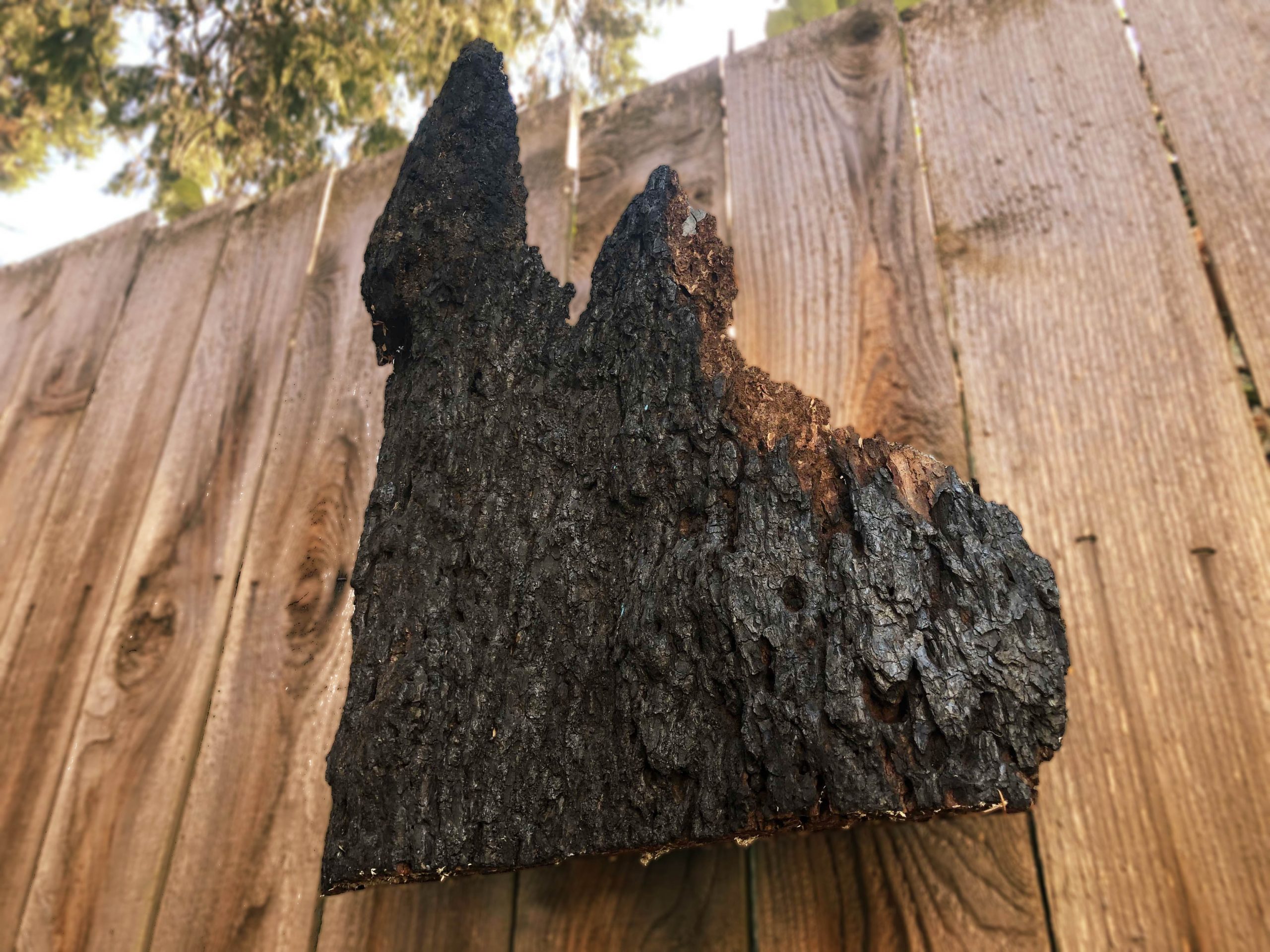
Soundscapes of Socioecological Succession
Jon Bellona | Eugene
Bailey Hilgren | New York City
Lucas Silva | Eugene
Field recordings of audio capture visits to fire affected areas in Oregon that connote a slice of succession activities. Like a slice of tree ring that marks age and time, sound recordings of the area are meant to capture multiple scenes and ecological voices, filtered through a raw material from the sites themselves.
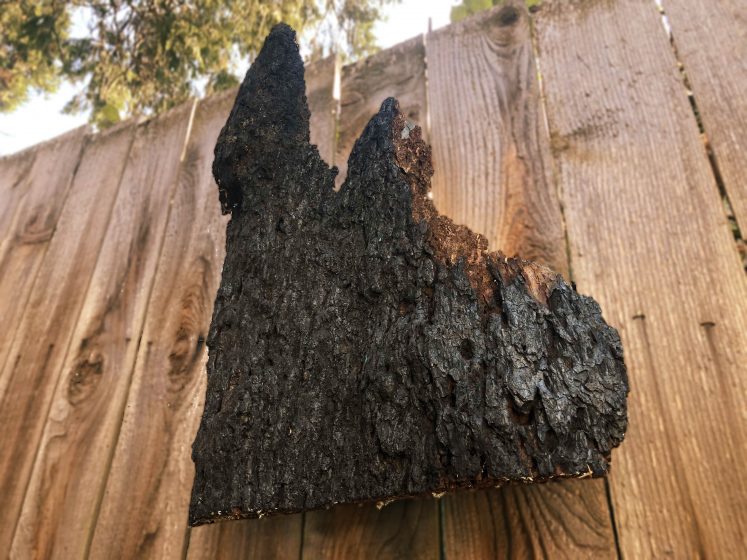
Treating the wood as an acoustic resonator — a filter that distorts as much as it renders sound audible — casts a shadow onto the sounds it projects.
The wood slightly changes the spectrum of sound by boosting or cutting the amount of different frequencies in the sound.
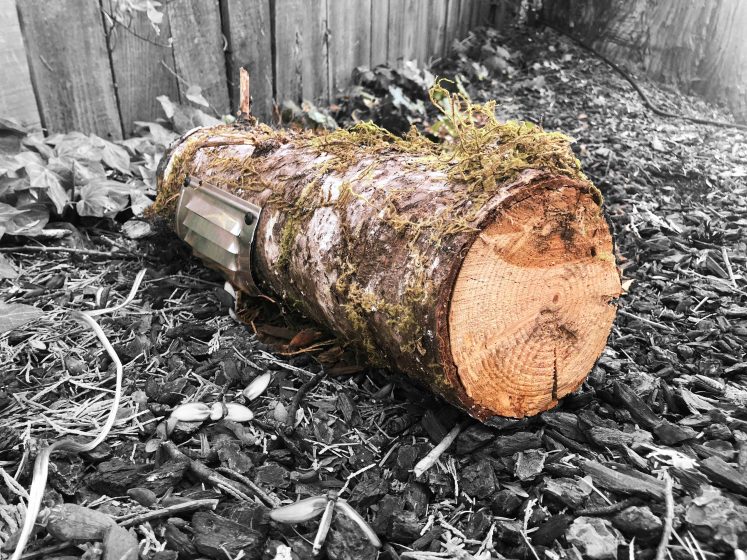
By activating sourced raw materials (e.g., “hazard tree” wood) with acoustic signals stemming from local sites, the sound sculptures amplify the regional and collective voice of wildfire succession even as it outputs a modified version of the input sound.
Bailey Hilgren
New York City, United States
Bailey is a musicologist and sound studies scholar working in the environmental humanities. A background in biology, music, and environmental humanities provides me with an unusual perspective, and her work revolves around the intersections between music/sound, science, and environmental justice. Bailey is currently a MacCracken Fellow at New York University.
Lucas Silva
Eugene (OR), United States
Dr. Lucas Silva is an associate professor of Geography, Environmental Studies, and Biology at the University of Oregon. His research focuses on fundamental processes that connect dynamic social and ecological systems. Dr. Silva directs a team of interdisciplinary scholars specializing in the study of soil-plant-atmosphere interactions, bridging theory and experimentation to improve the sustainability of natural and human-engineered landscapes.
> website
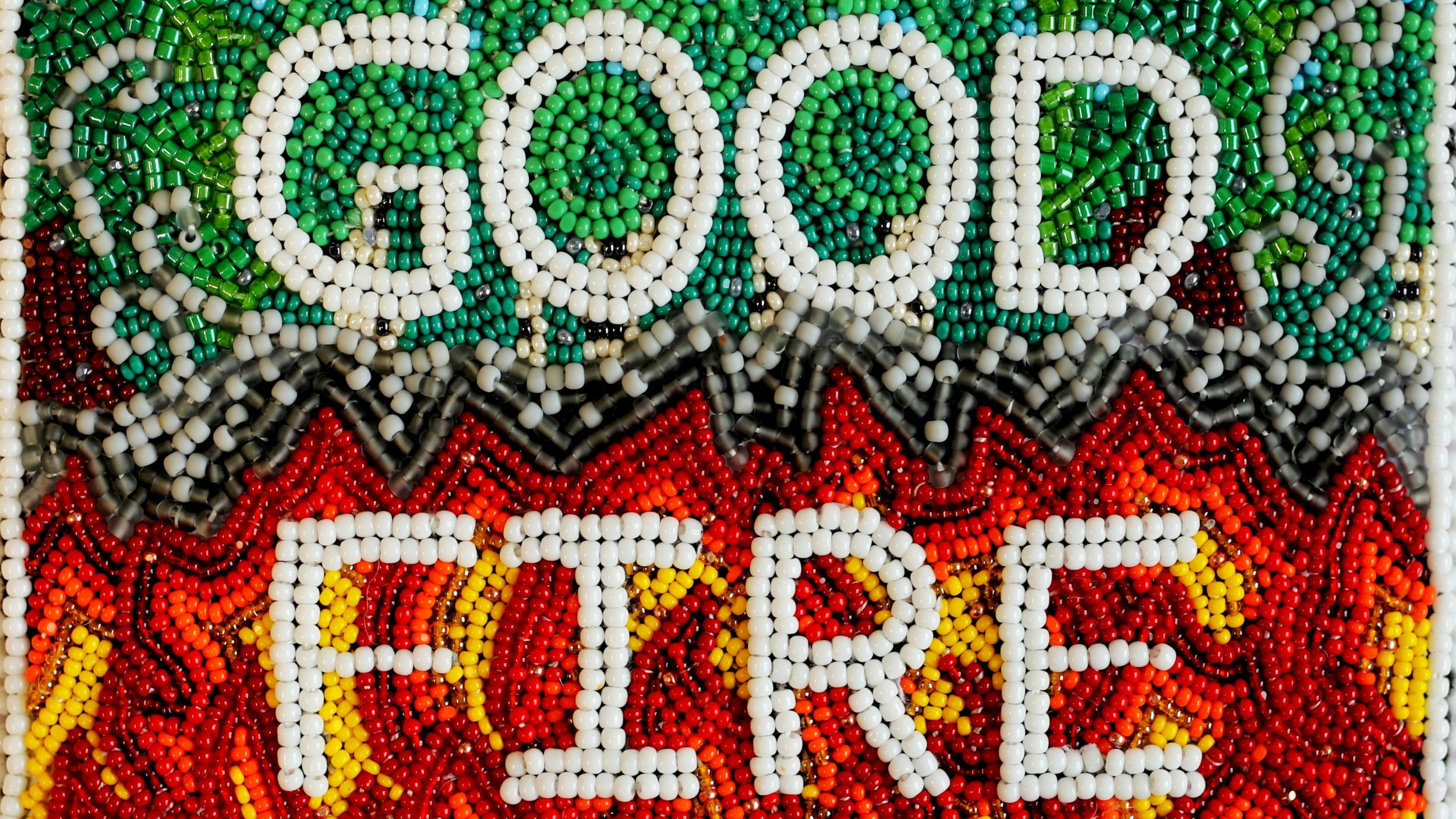
Good Fire in Parks Canada
Amy Cardinal Christianson | Treaty 8 territory
Matthew Kristoff | Alberta
with Pierre Martel
Cultural burning has been a practice used by Indigenous communities in Canada for generations, serving various cultural purposes, such as stewarding the landscape and promoting resources. However, colonization disrupted these practices. Parks Canada acknowledges this history and seeks reconciliation, recognizing the importance of bringing back Cultural Fire.
Removing cultural burning is removing the sound of children laughing from the trees. Amy points out that prescribed and cultural burning are not the same, though you may have heard them used interchangeably. She values that Parks Canada views them as separate since prescribed burning is about hazard reduction where a lot of land is burned in a short time frame. However, cultural burning is about achieving cultural objectives for the community by using low-intensity fires in low-risk times to burn slowly to cleanse the land.
One of the most prominent ways cultural burning differs from prescribed burning is that it appears different to the senses. Cultural burning involves a fire you can walk beside, like a relative or spirit, whereas prescribed burning can swallow an entire side of a mountain in flames. Cultural burning is replete with the sound of children’s laughter since it is a community activity, whereas prescribed burning is abuzz with radio traffic and the sounds of helicopters pouring fire.
The podcast you are listening to emphasizes the value of training more Indigenous fire-keepers and bridging the gap between “prescribed burning” and “cultural burning.” The guests, Amy and Pierre, share their experiences and commitment to making meaningful strides with reconciliation.
This work also highlights the significance of Cultural Fire beyond fire management. It delves into its cultural, ecological, and historical aspects, emphasizing the impact on mental health, the inherent right of indigenous people to manage and connect to their ancestral lands through fire, and the importance of Indigenous ways of knowing.
This episode encourages listeners to consider the broader implications of embracing Indigenous practices, not only in Canada but globally. The discussion highlights the importance of respecting diverse cultural practices and knowledge systems in land management and conservation.
3 Questions for Reflection
- How can we promote the revival of Indigenous cultural practices and knowledge, particularly in the context of land management and conservation?
- What lessons can be drawn from the experience of Parks Canada in reconciling and becoming allies with Indigenous communities in other regions and organizations worldwide?
- How can we bridge the gap between prescribed burning and cultural burning to achieve ecological restoration while respecting cultural objectives?
Your Forest Podcast
Matthew Kristoff
Amy Cardinal Christianson
Treaty 8 territory (Northern Alberta), Canada
Dr Amy Cardinal Christianson is Métis and grew up in Treaty 8 territory (northern Alberta, Canada). Her Métis relations are the Cardinal (Peeaysis Band) and Laboucane (Laboucane Settlement) families. She currently lives near Rocky Mountain House in Treaty 6 (central Alberta). Amy is a Research Scientist with the Canadian Forest Service (Natural Resources Canada) and is currently on interchange to Parks Canada as an Indigenous Fire Specialist in the National Fire Management Division.
Amy works with Indigenous Nations across Canada on fire stewardship practices like cultural burning and collaborates with Indigenous peoples from around the world on decolonising land management. She also studies wildfire evacuations and advocates for Indigenous wildland firefighters. She is the co-author of the books, First Nations Wildfire Evacuations: A guide for communities and external agencies and Blazing the Trail: Celebrating Indigenous Fire Stewardship. Amy cohosts the Good Fire podcast, which looks at Indigenous fire use around the world. She is a board member for the International Association of Wildland Fire and a member of the International Research Advisory Panel for Natural Hazards Research Australia.
Matthew Kristoff
Alberta, Canada
Matthew Kristoff is a Registered Professional Forester in the province of Alberta. He has a BSc in Forestry from the University of Alberta and works as an Inventory Forester for GreenLink Forestry Inc. out of Edmonton. In 2017, he created YourForest Podcast as an excuse to talk with some of the country’s top thinkers and practitioners in the many fields of environmental management. The conversations had on YourForest continue to further Matthew’s passion for land stewardship and sustainable ideas. Matthew also produces and co-hosts an Indigenous Fire Stewardship podcast called Good Fire with the leadership of Amy Christianson. From this experience, Matthew gained a great appreciation and fascination for Indigenous Land Ethics. He strives to continue to learn from and support Indigenous knowledge in any way he can. Matthew’s hope is that through the pursuit of knowledge he may develop enough perspective, and empathy, to help society better navigate the path of environmental stewardship, and its role in an equitable society
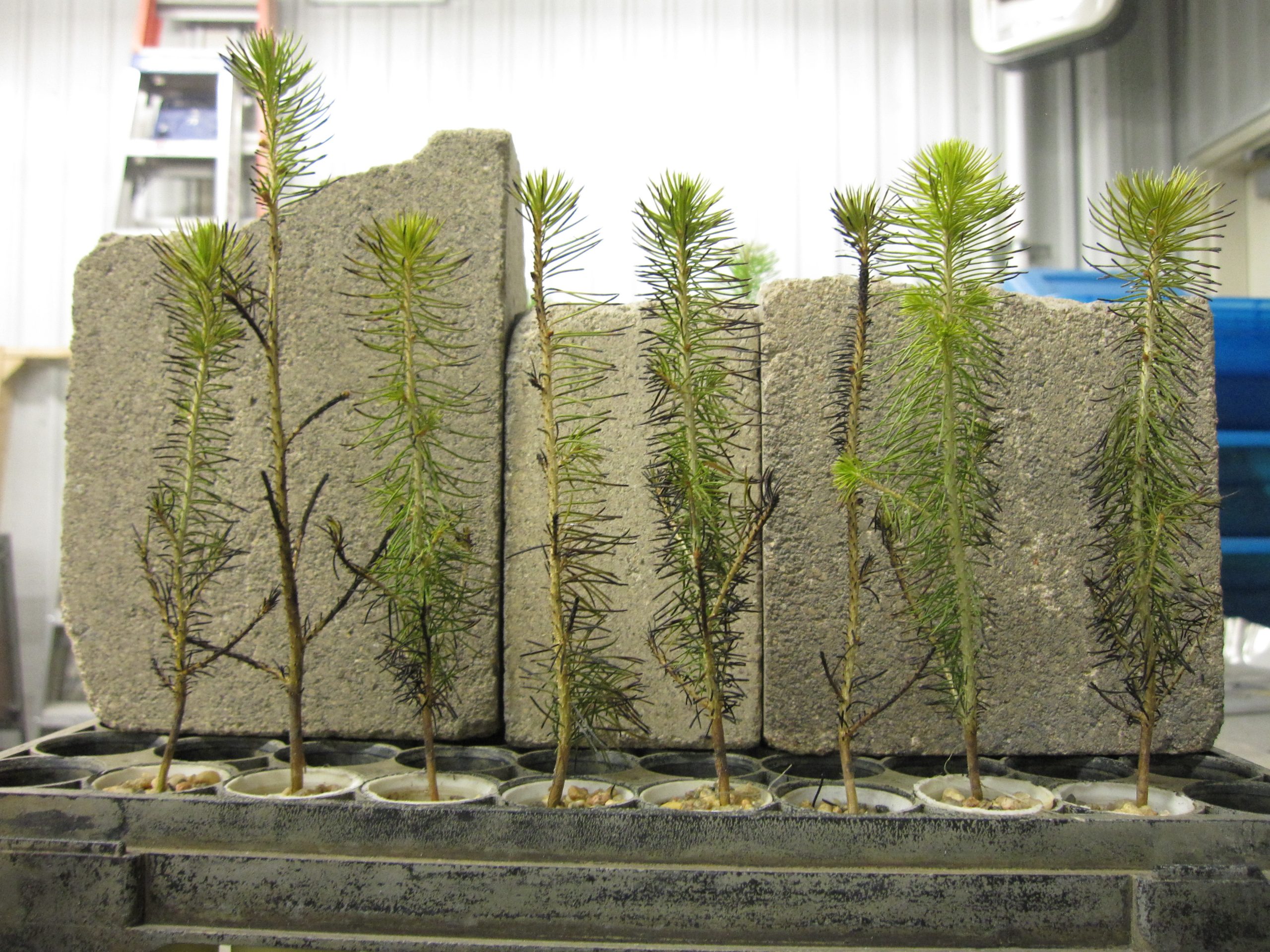
Trees and the Acoustic Signature of Fires
Kara M Yedinak | Madison
This laboratory recording starts with near silence. Just after 18 seconds, you hear a short duration high-energy ignition of a carpet of dry Pinus Monticola needles. The wall of flames moves away from the microphone. At 146 seconds, you hear fire interact with drought-stressed Pseudotsuga Menziesii saplings. We are sampling the crackling sounds produced by these trees.
From sitting around campfires for 300,000 years, humans intuitively know that crackling sounds from burning vegetation relate to the type of vegetation burning and the moisture in that vegetation.
Our experiments put values to this knowledge and definitively demonstrate the unique sound signature coming from a variation in vegetation type as well as how drought stressed the plant is.
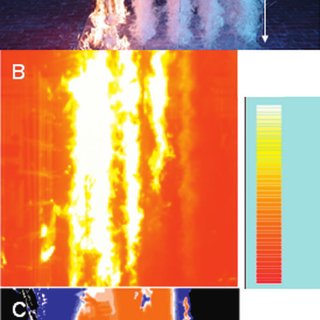
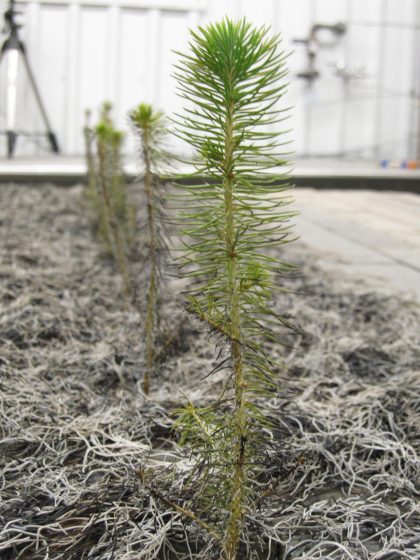
To do this, we isolated 100s of individual “pops” occurring when the seedlings were burning and painstakingly aligned these short-duration features to find their similarities and differences. This work and the research that has evolved from it leads us down the path of asking what can be learned from the sounds of fire.
Kara M Yedinak
Madison (WI), United States
Dr. Kara Yedinak is a fire physicist with a keen interest in developing new approaches to examining and understanding diffusion flames in our environment. Her work spans a range of scales, from the structural characteristics of a leaf to the complex interactions of atmosphere-fire-fuels across a myriad of landscapes. Kara’s passionate interest in fire acoustics ranges from infrasound to ultrasound and the wealth of information we can garner by listening to environment around us.
> website
education
related materials and lessons for educators, categorized by element
earth
- Underground Sound Lesson Plan
https://www.nyc.gov/assets/dep/downloads/pdf/environment/education/sound-noise-underground-sound.pdf - Symphony of the Rainforest Lesson Plan
https://www.nature.org/content/dam/tnc/nature/en/documents/nature-lab-lesson-plans/SymphonyoftheRainforestTeachersGuide.pdf - Teaching Environmental Awareness with Marvin Gaye’s Mercy, Mercy Me (The Ecology)
https://sharemylesson.com/teaching-resource/music-environmental-education-activity-marvin-gaye-mercy-mercy-me-ecology-295281
water
- NYC Environmental Protection Sound and Noise Education Lessons
https://www.nyc.gov/site/dep/environment/sound-noise-education-module.page - Ocean Sound and Impact of Noise Lesson Plans
https://sanctuaries.noaa.gov/education/teachers/ocean-sound/lesson-plans.html - Echolocation in Action Lesson Plan
https://www.nps.gov/teachers/classrooms/echolocation-in-action.htm - Bioacoustics Lesson Plans
https://seagrant.whoi.edu/wp-content/uploads/2021/09/B_Lesson_COAST_online.pdf, and https://seagrant.whoi.edu/k-12/educators-students/ - Sounds of the Sea Lesson Plans
https://dosits.org/resources/resource-categories/classroom-activities/ - Ocean Noise and Marine Animals Lesson Plan
https://drive.google.com/file/d/17qMPka0tTKjmF8jlAQD24QiWRzs3E9P4/view, https://drive.google.com/file/d/1MsorXXkcHk8YNyHgldJ_-ApASLcEkoJy/view, - Resources for teachers on Sound
https://listeningtowaves.com/lesson-plans - Introduction to Soundscape Ecology lesson plan
https://www.anchoragemuseum.org/media/21017/final-intro-to-sound-lesson-plan.pdf - Waterviz Educational Curriculum
https://hubbardbrook.org/waterviz/waterviz-curriculum/ - Ocean Sound and Impact of Noise Resources Collection
https://sanctuaries.noaa.gov/education/teachers/ocean-sound/
fire
- Cultural Burning: Questions for Reflection
https://www.thenatureofcities.com/reverberations/#goodfire-questions
accessible lesson plans
- Soundscape Ecology Lessons Acessible for the Visually Impaired
https://www2.stetson.edu/today/2020/08/stetson-to-help-young-sound-seekers-learn-about-acoustic-ecology/ - Sounds of Biomes Lesson Accessible for the Visually Impaired
https://www.perkins.org/resource/sounds-biomes/
general lesson plans
- Your Ecosystem Listening Lab @ Cornell Lesson Plans
https://edustore.purdue.edu/item.asp?Item_Number=FNR-600-W
This section is still in development. Please check back soon for more educational materials.
credits
contributing artists, scientists, and production team
Production Credits:
Curation: RL Martens
Design and development: Patrick M. Lydon
With support from: David Maddox, Lindsay Campbell, Sonja Lin, Susan Cox.
Contributors:
Farah Mulla – IG @farahmullah
Interspecifics – Web, IG @interspecifics
Rym Nouiana – Web, SoundCloud, IG @rym.nouioua
Kasey Maria Yturralde – Web
Norman W. Long
Seal River Watershed Alliance and the National Audubon Society – Web, Web
Kim Cunio, Nigel Meredith, and Diana Scarborough – Bandcamp, Merch, Web, Web
Jacob Job – Web, Web
Jon Bellona, Bailey Hilgren, and Lucas Silva – Web, Spotify, Web
Jamie Perera – Web, IG @jamie_perera
Kara M Yedinak – Web
Iki Nakagawa – Web, IG @iki_nakagawa
Eleanor Ratcliffe – Web, Google Scholar
Robert J. Laverne and Wendy Kellogg
Sherko Abbas – Web, IG @sherkoabbass
Lindsey Rustad – Web
Amy Cardinal Christianson and Matthew Kristoff – Web
Nikki Lindt – Web, IG @nikki.lindt
Pooja Choksi
Michele Koppes and Susie Ibarra – Web
Olusegun Stephen Titus – Web
Special thanks to: Betsy Ukeritis, Kasey Yturralde, Lindsey Rustad, Nikki Lindt, Danika Thiele, Kara Yedinak.
Reverberations is made possible through the generous support of the United States Department of Agriculture Forest Service – Urban Connections Program and Northern Research Station.

